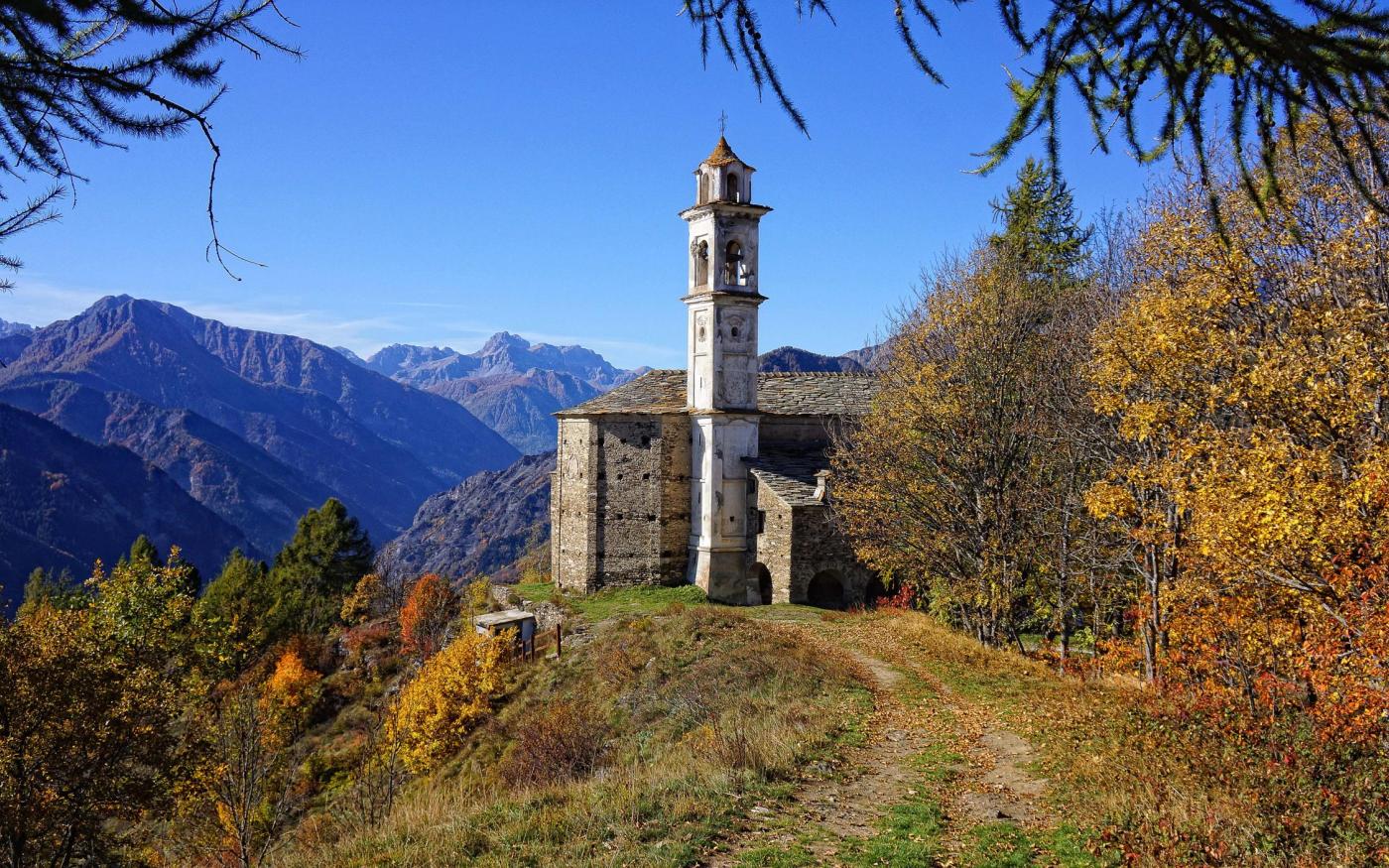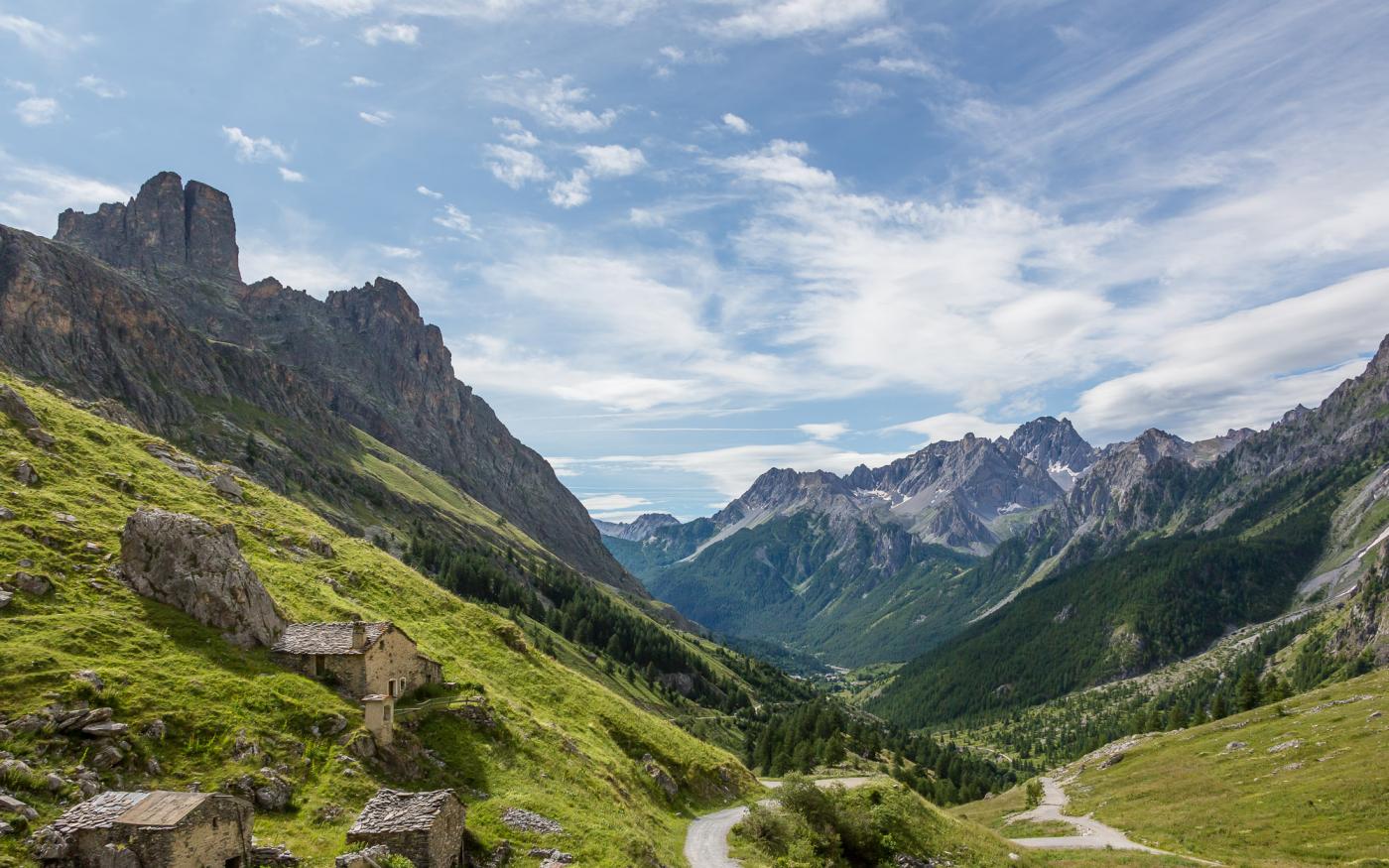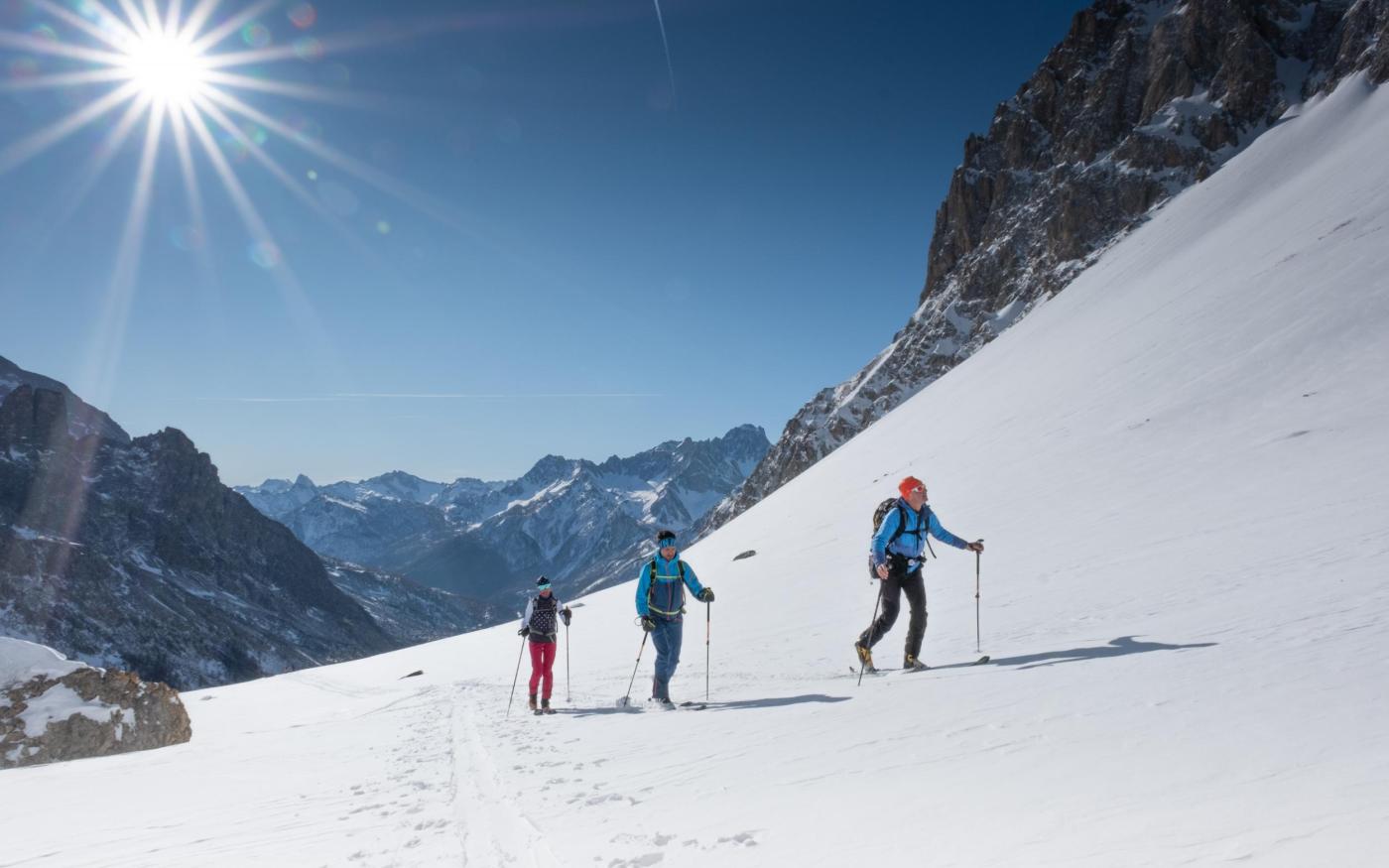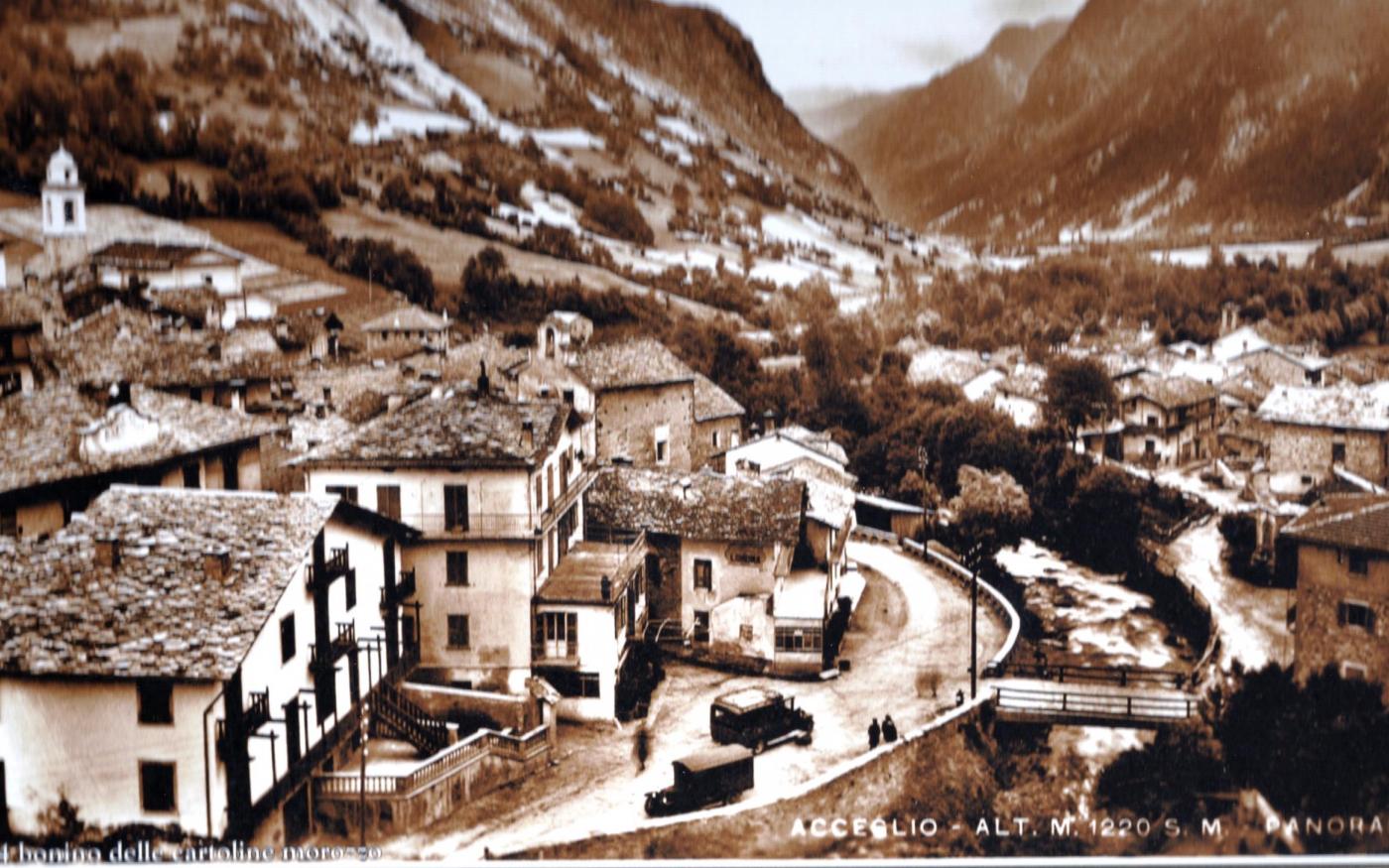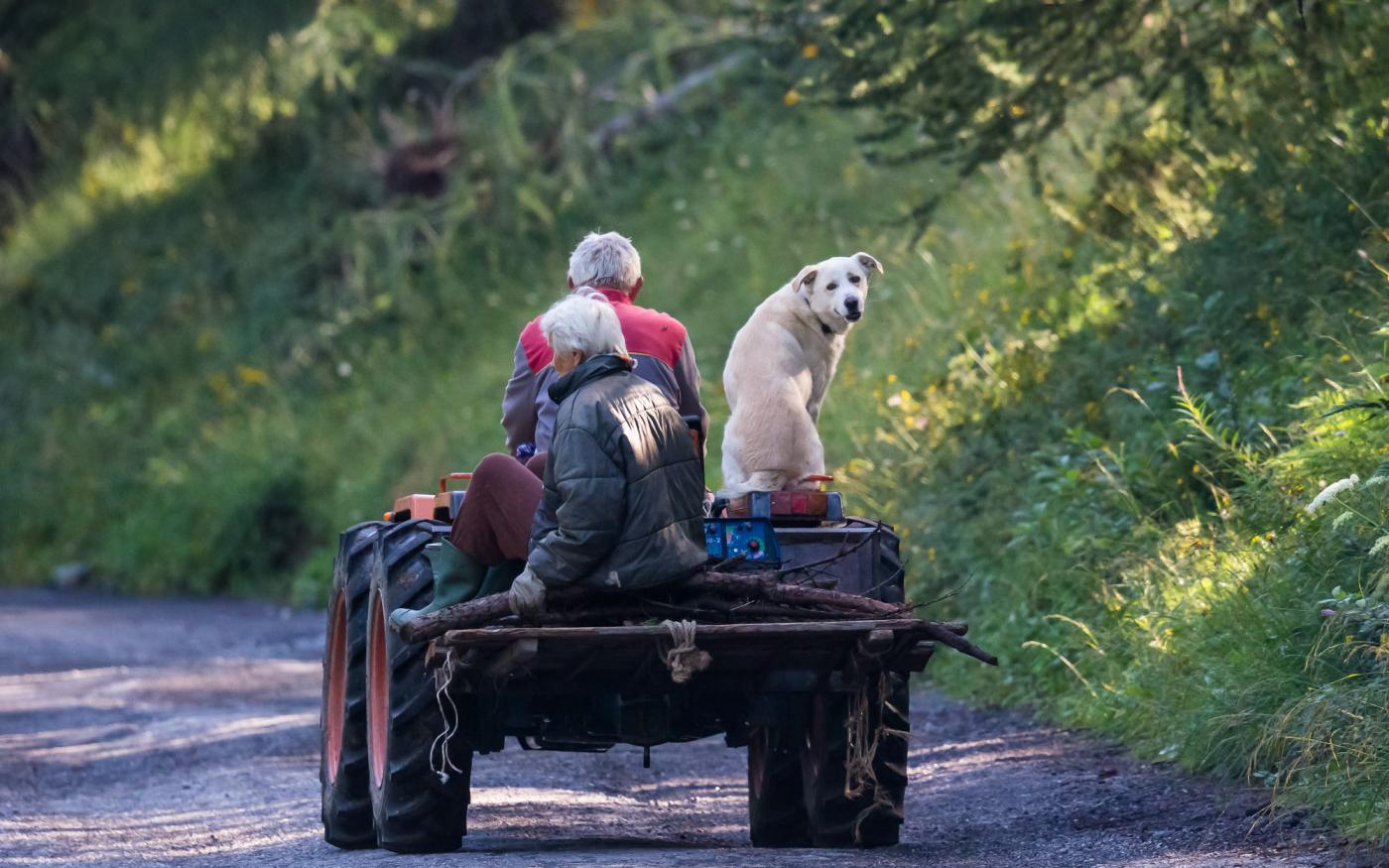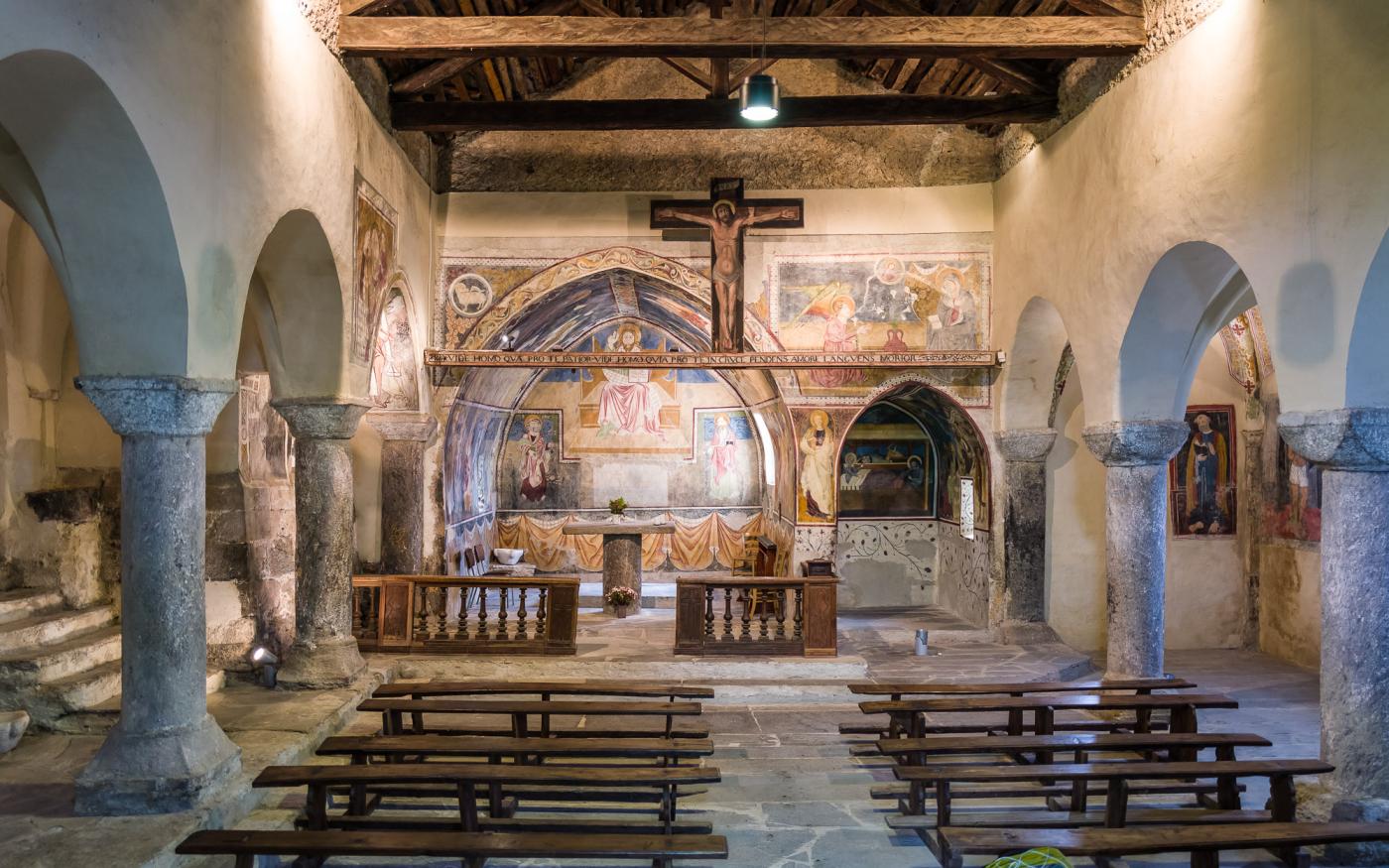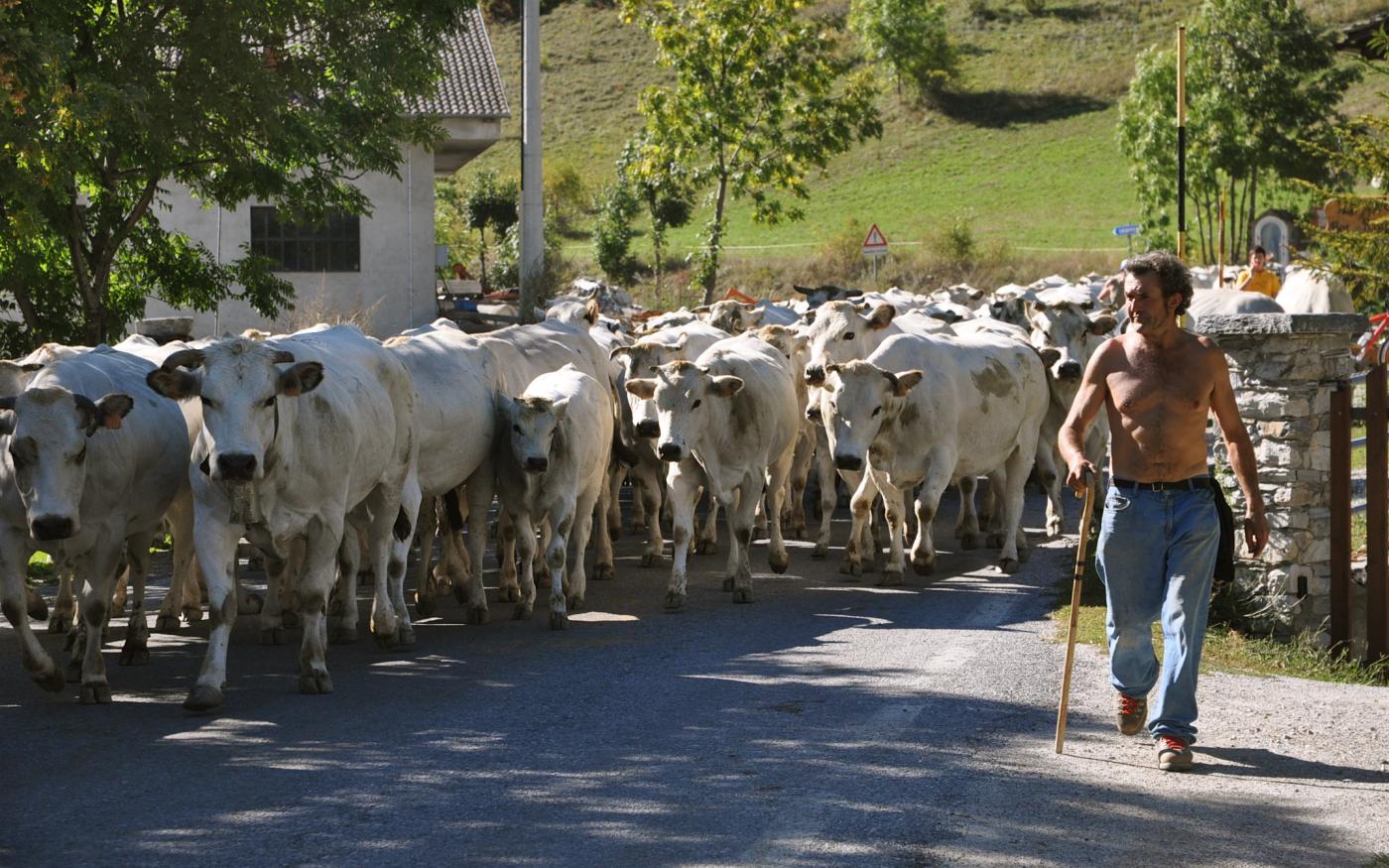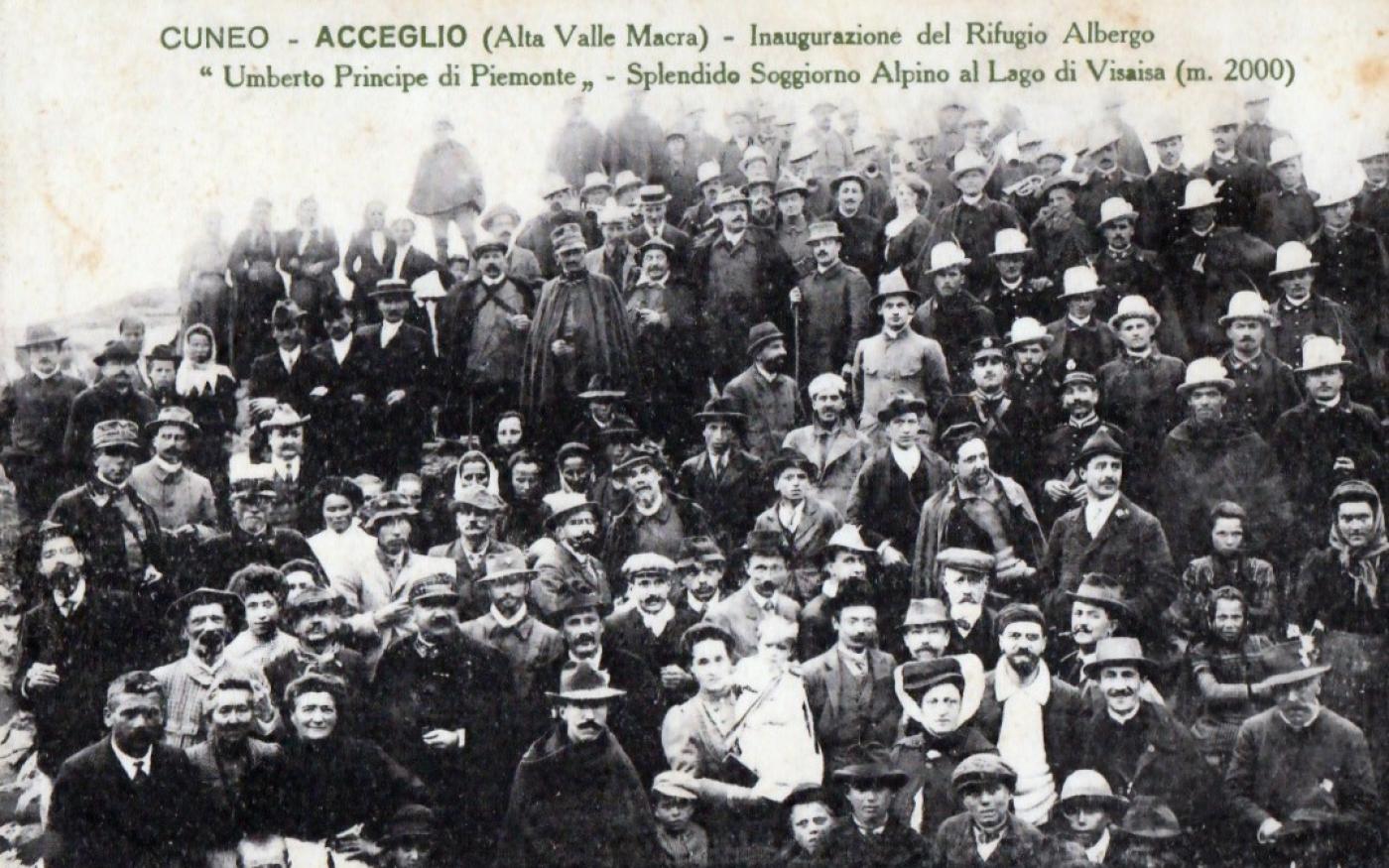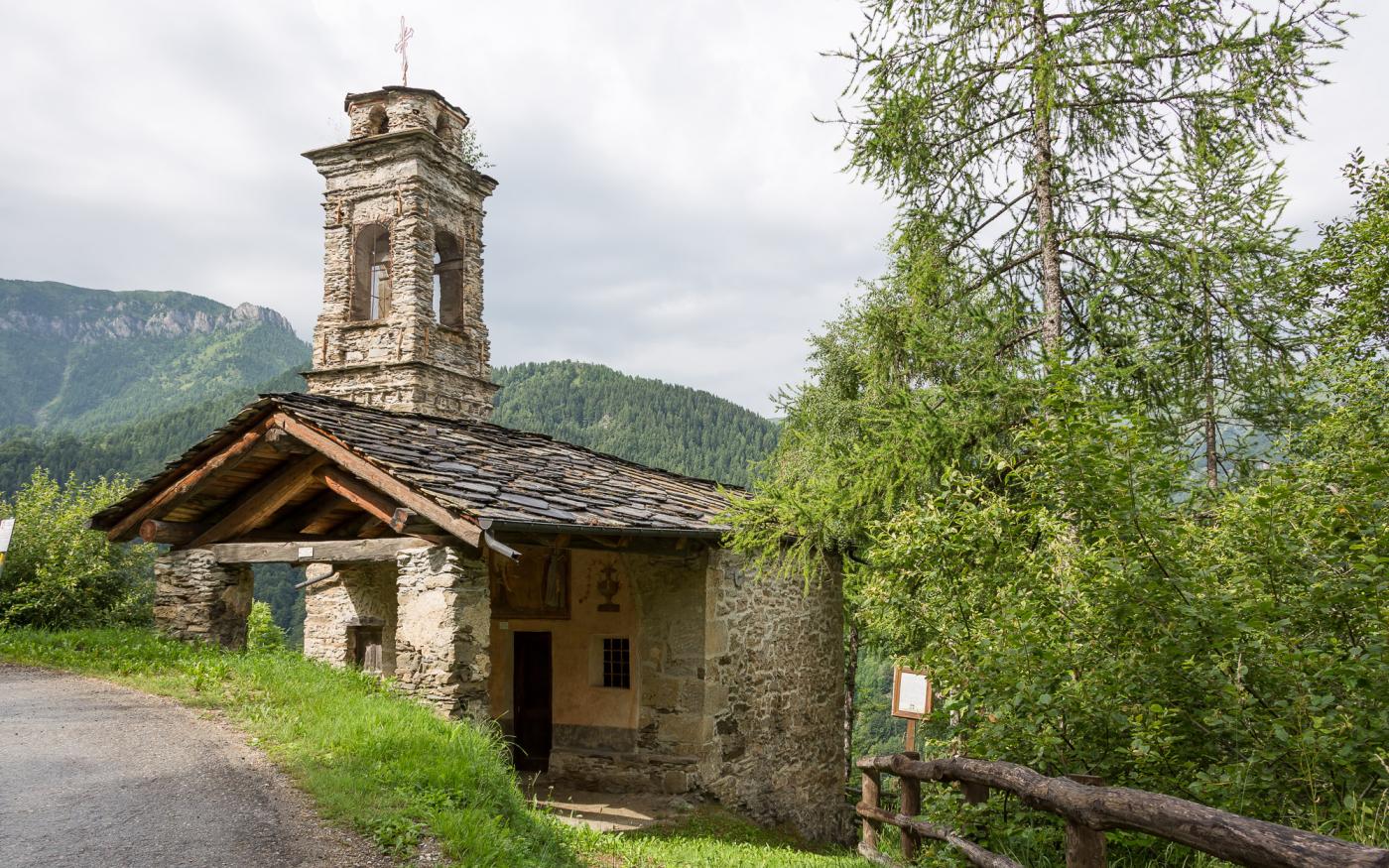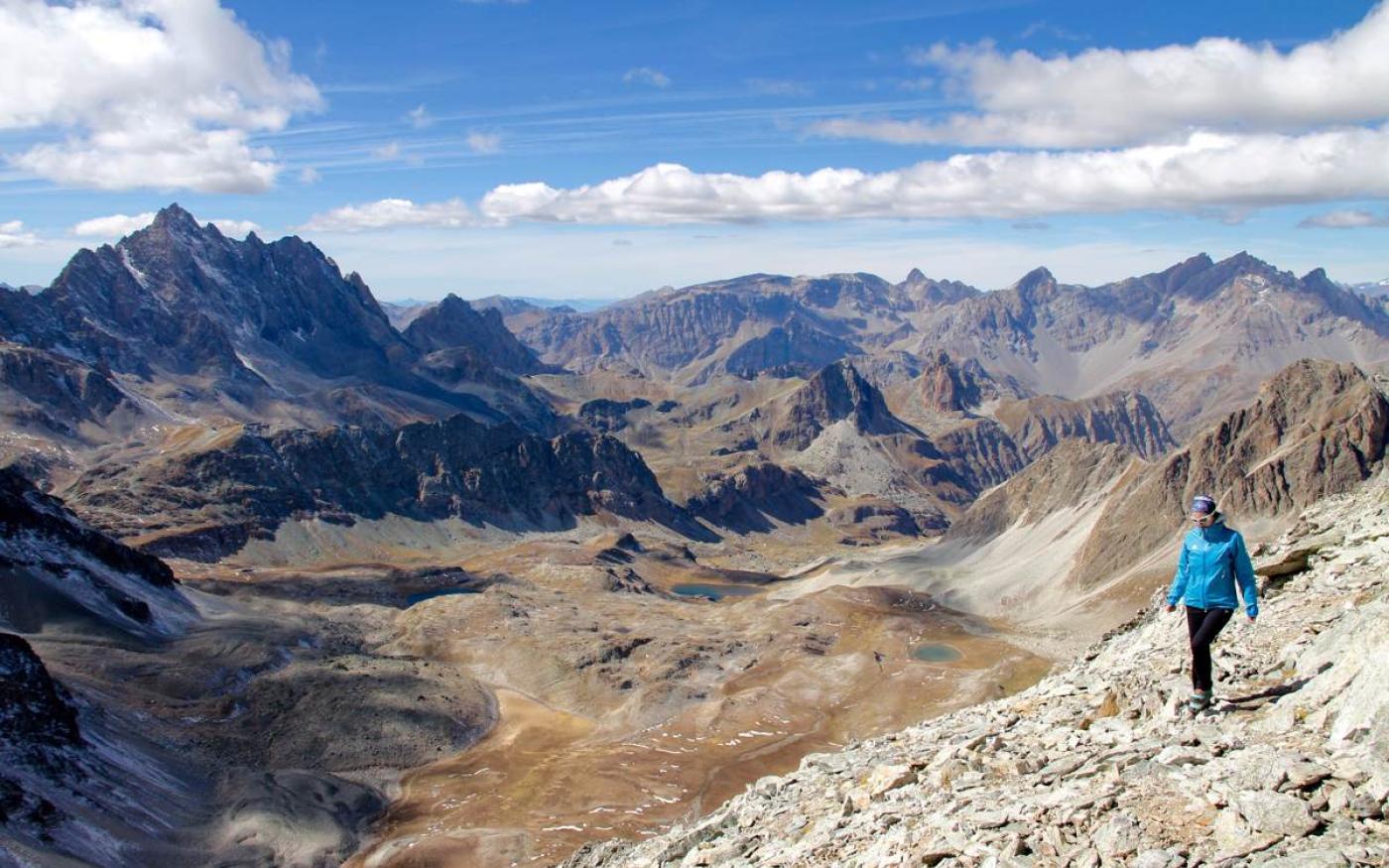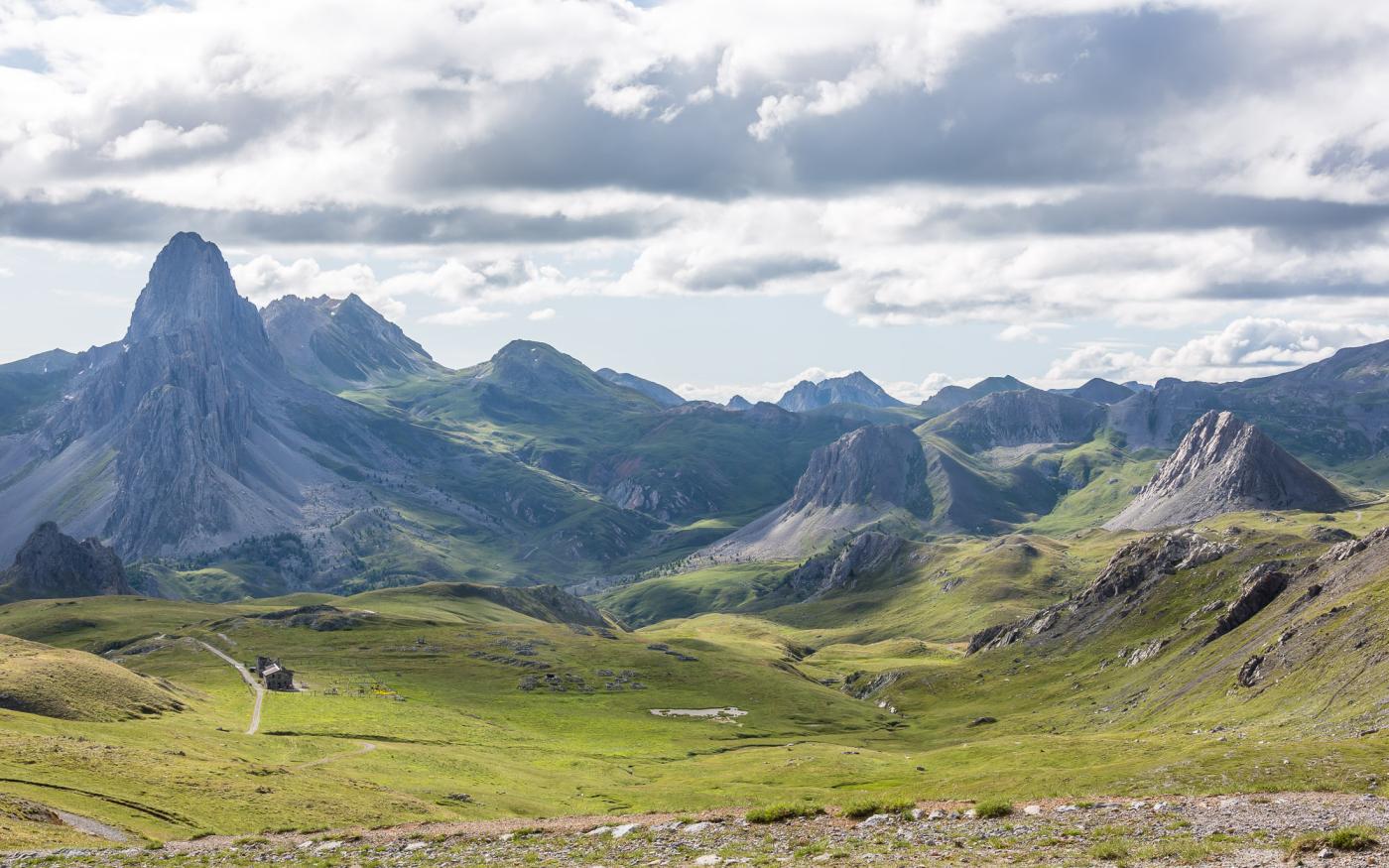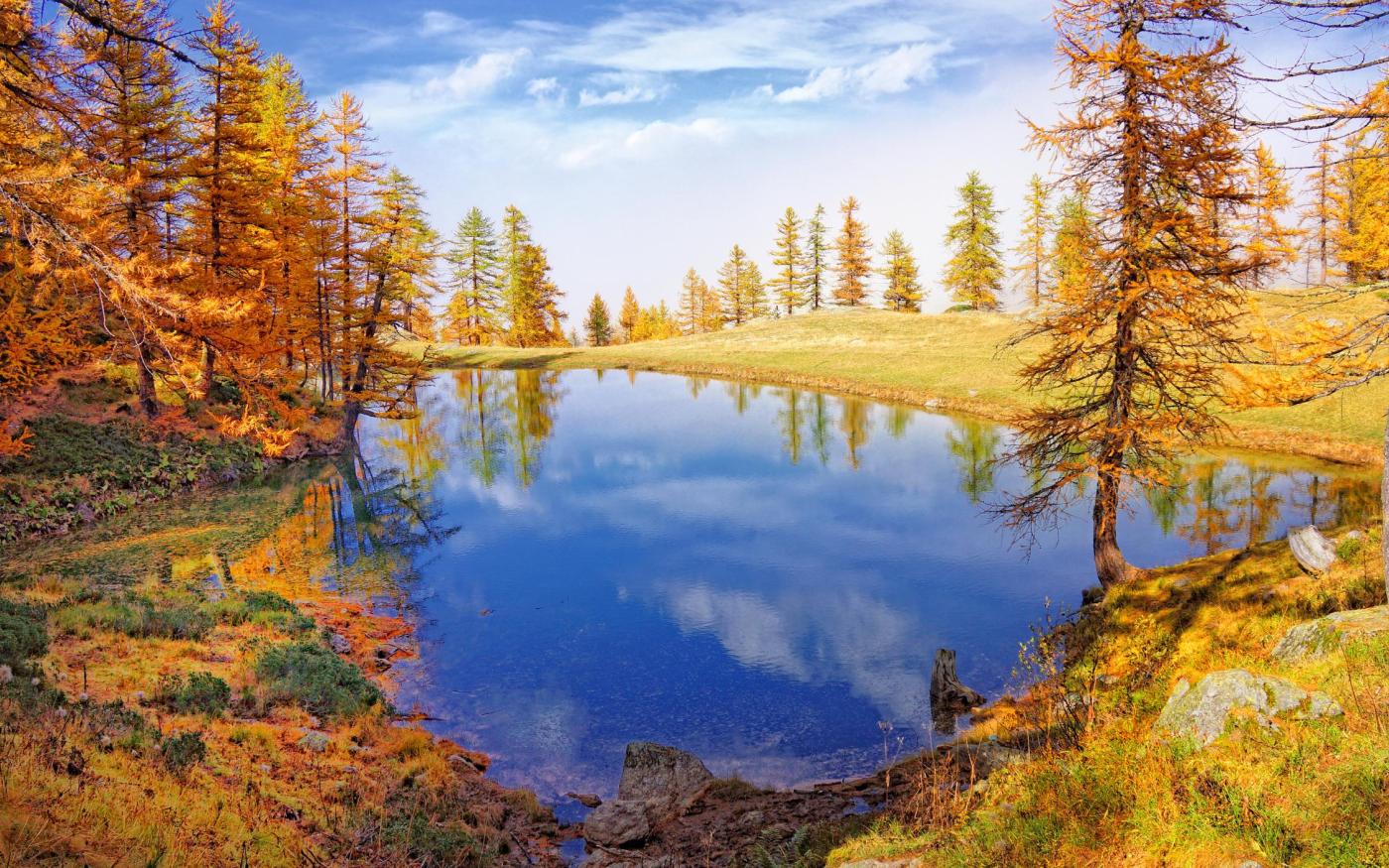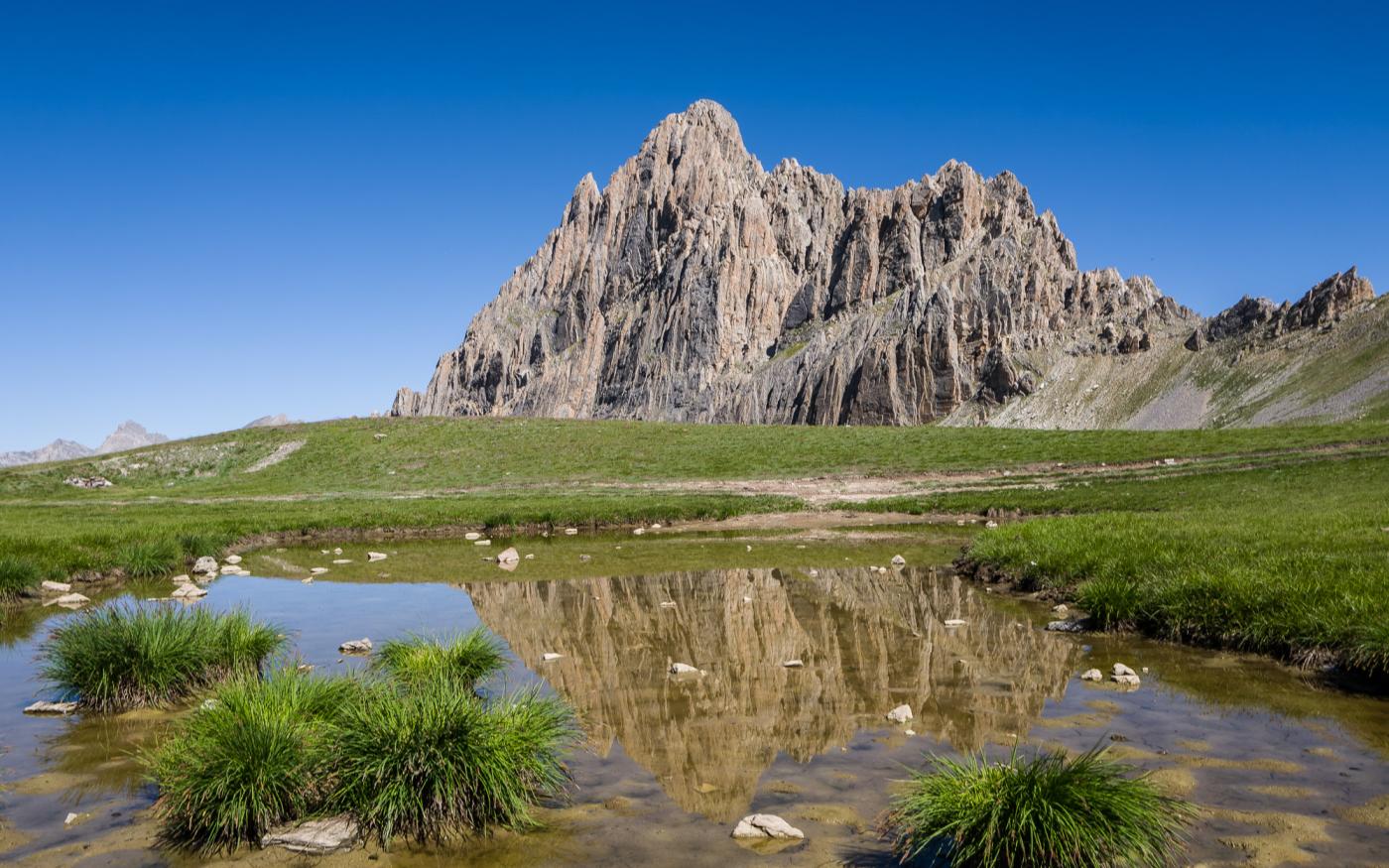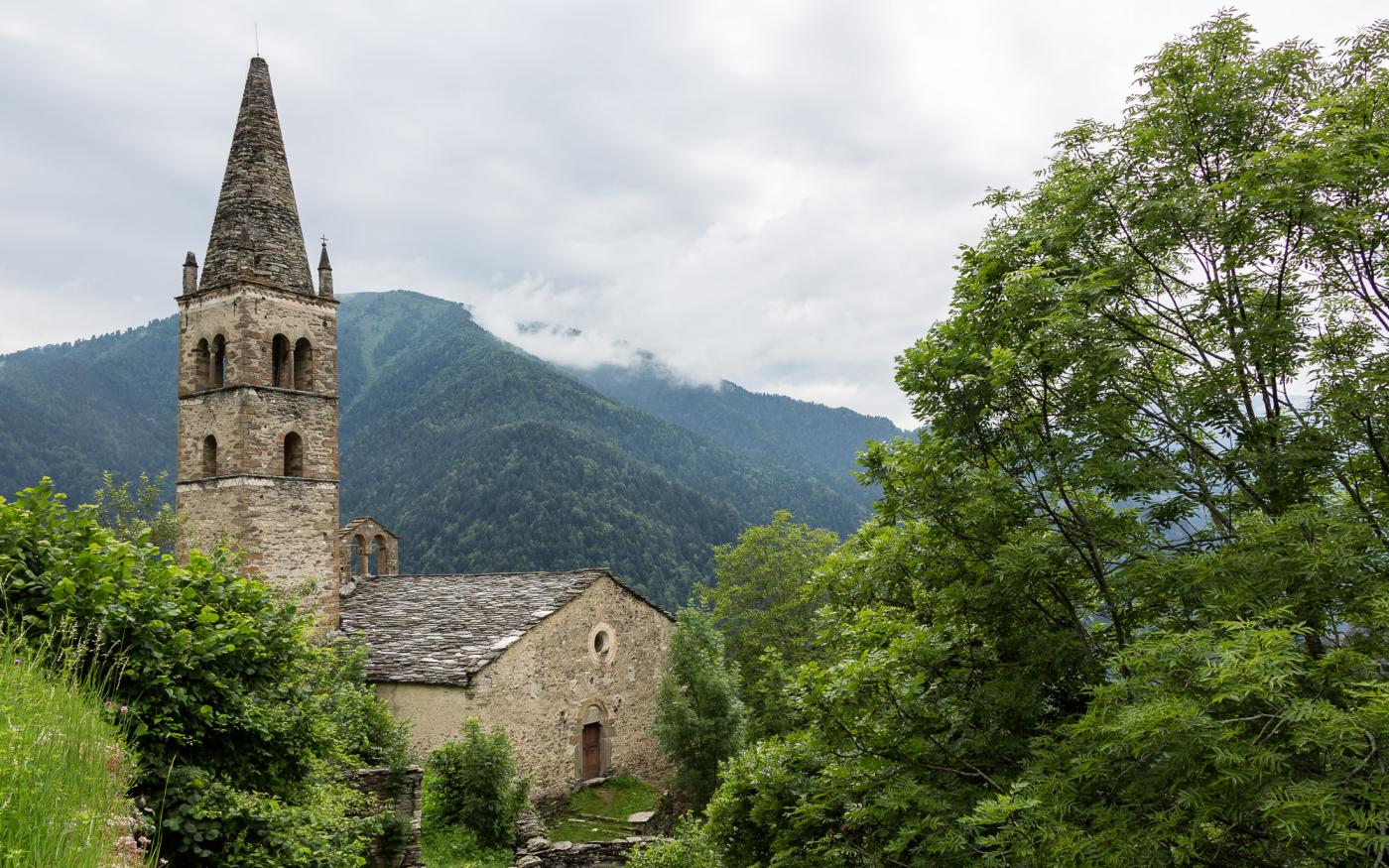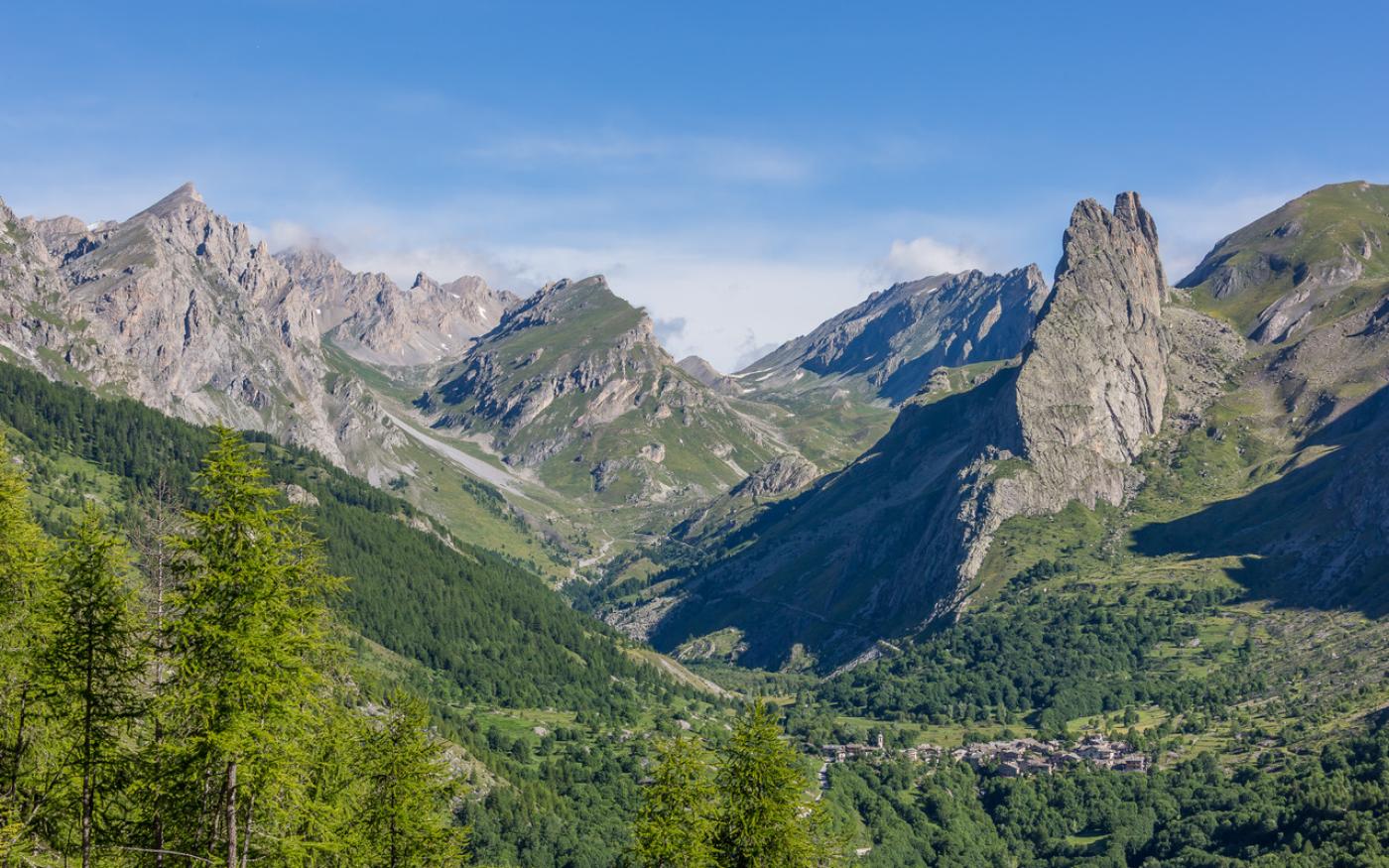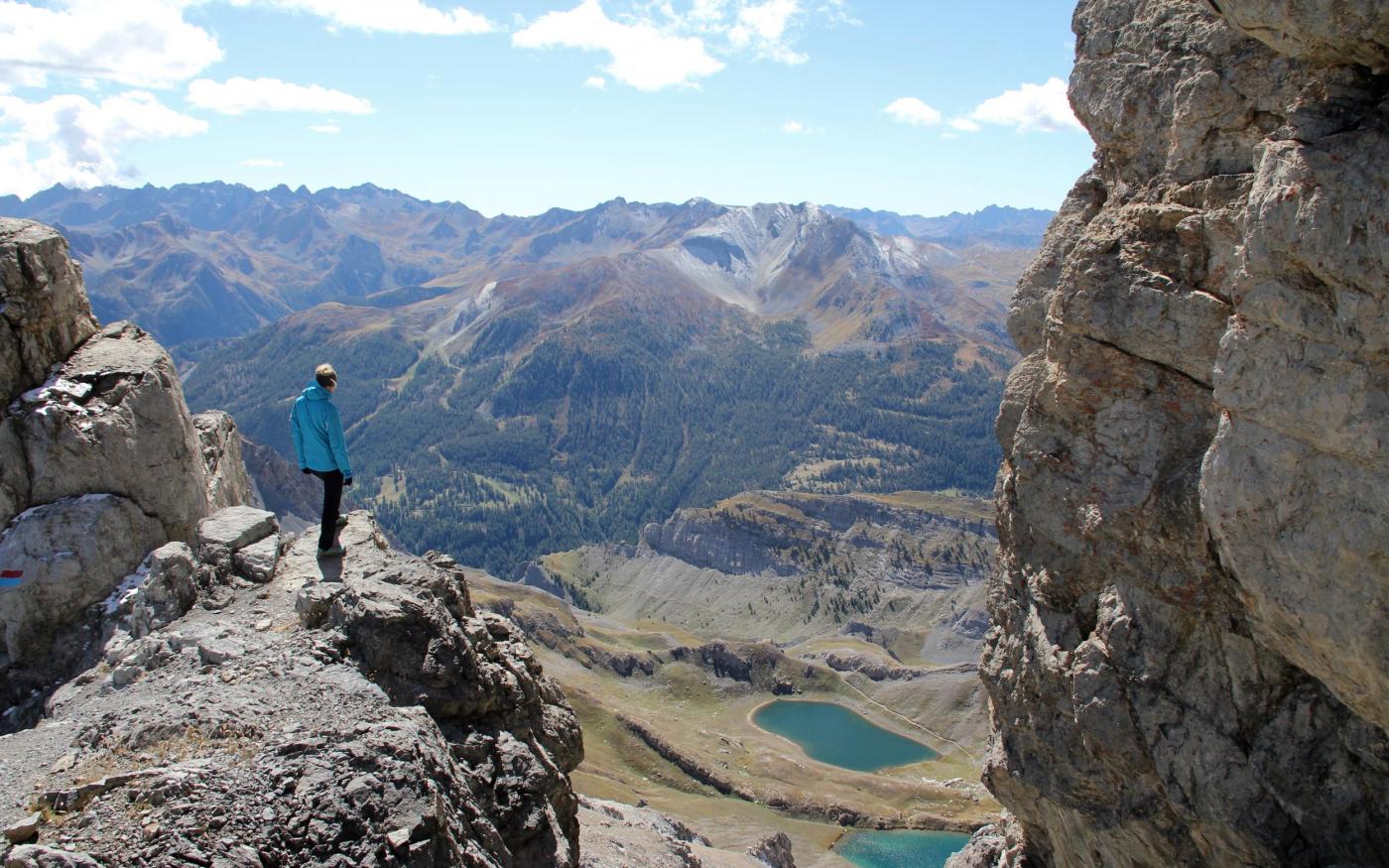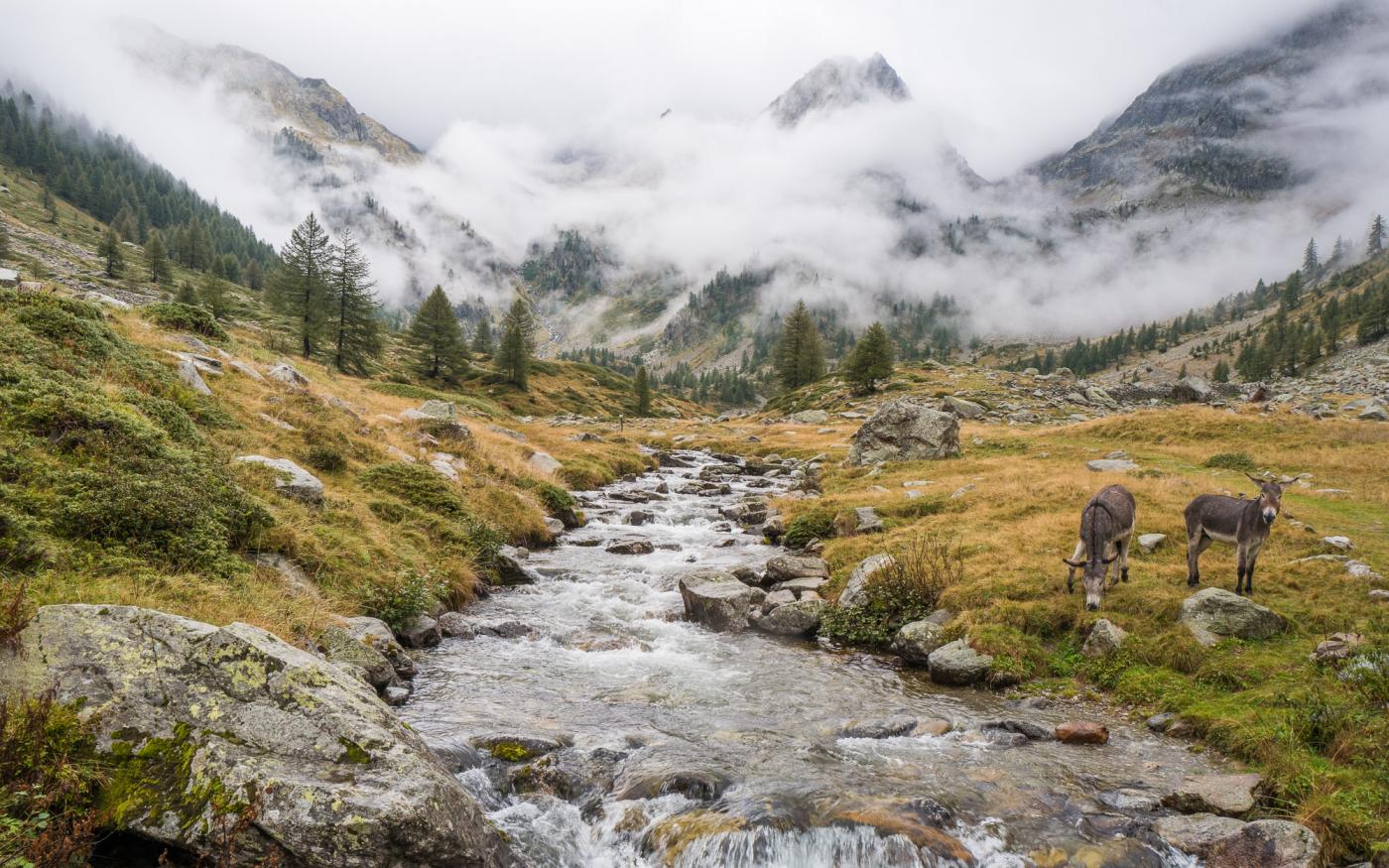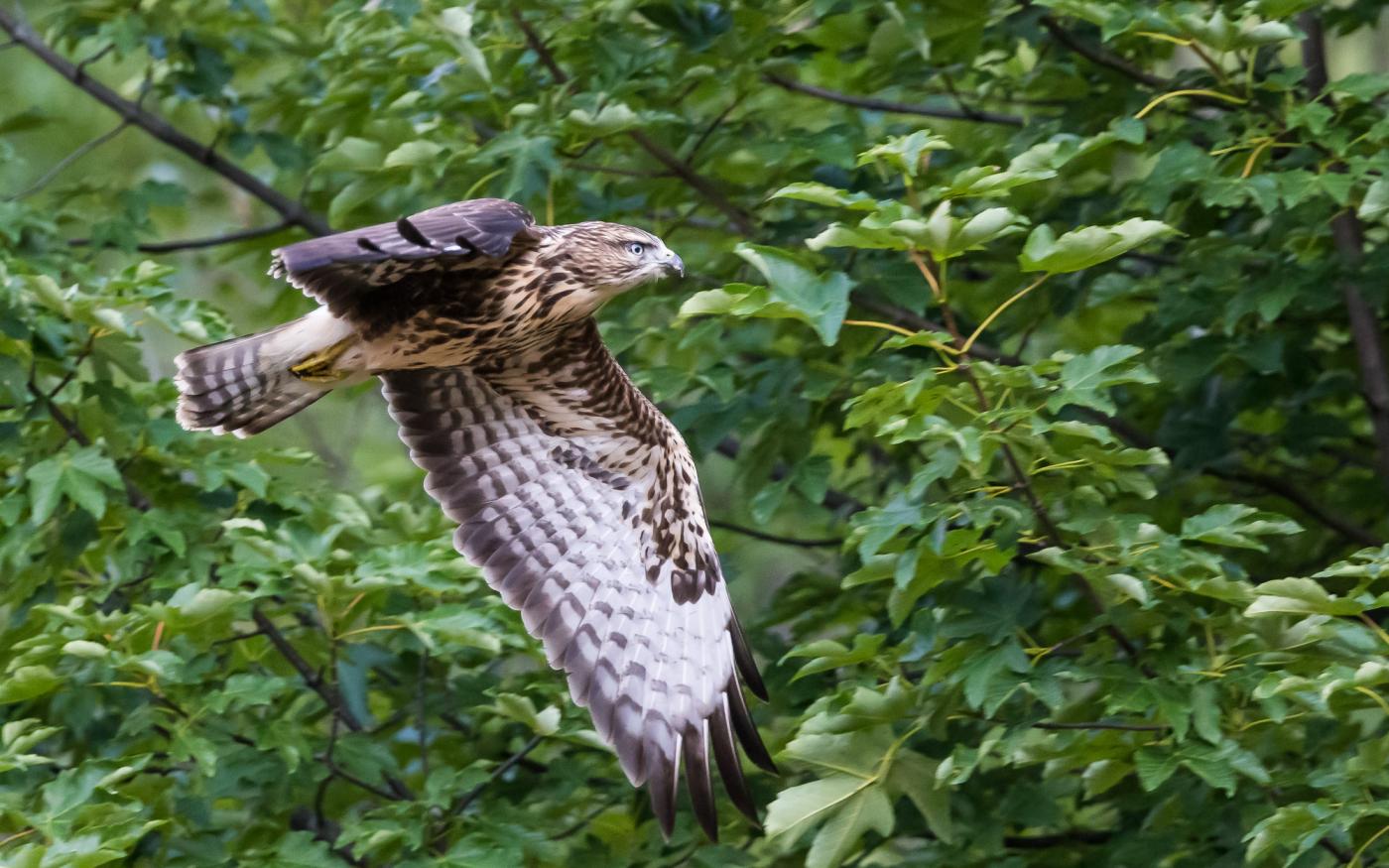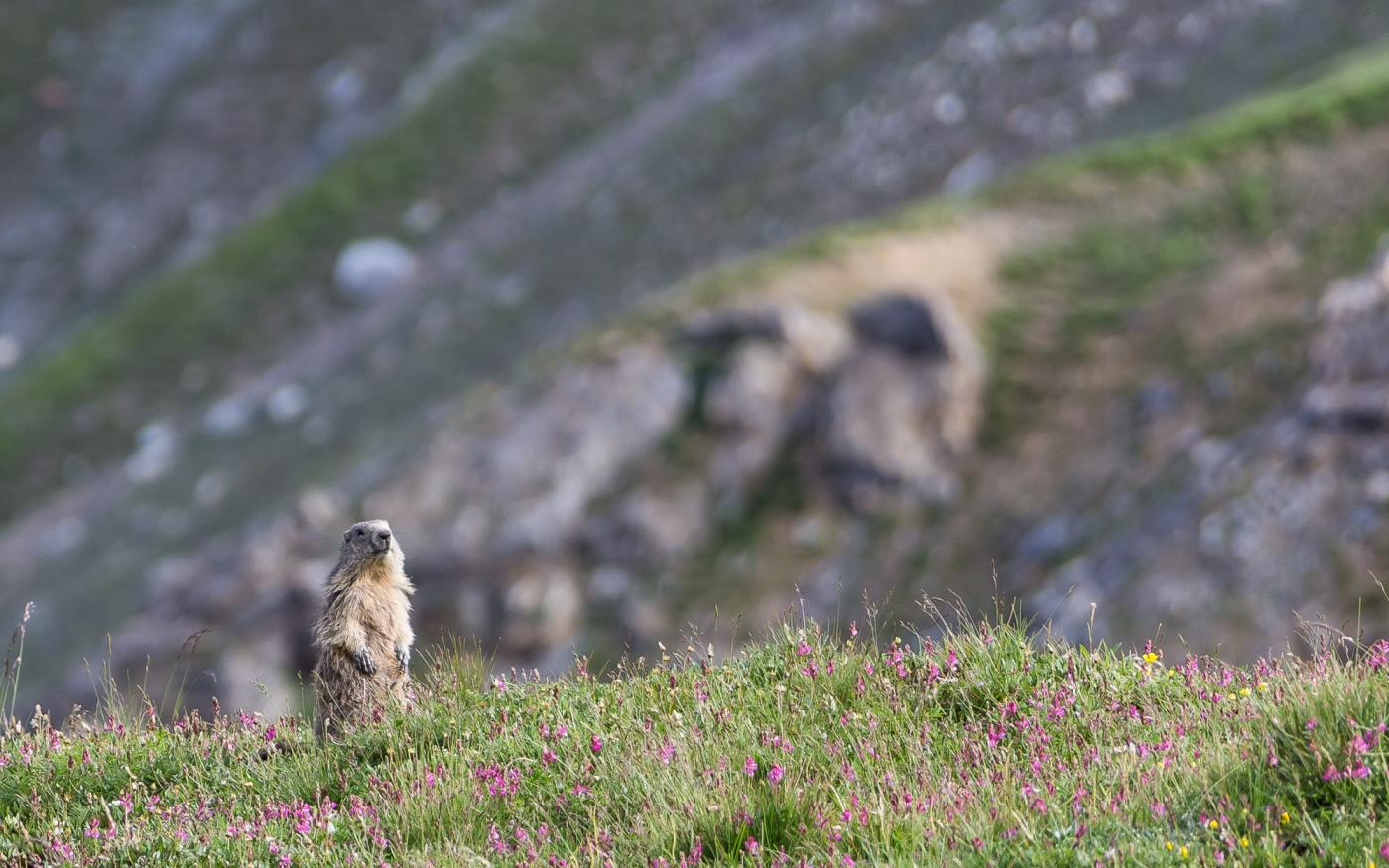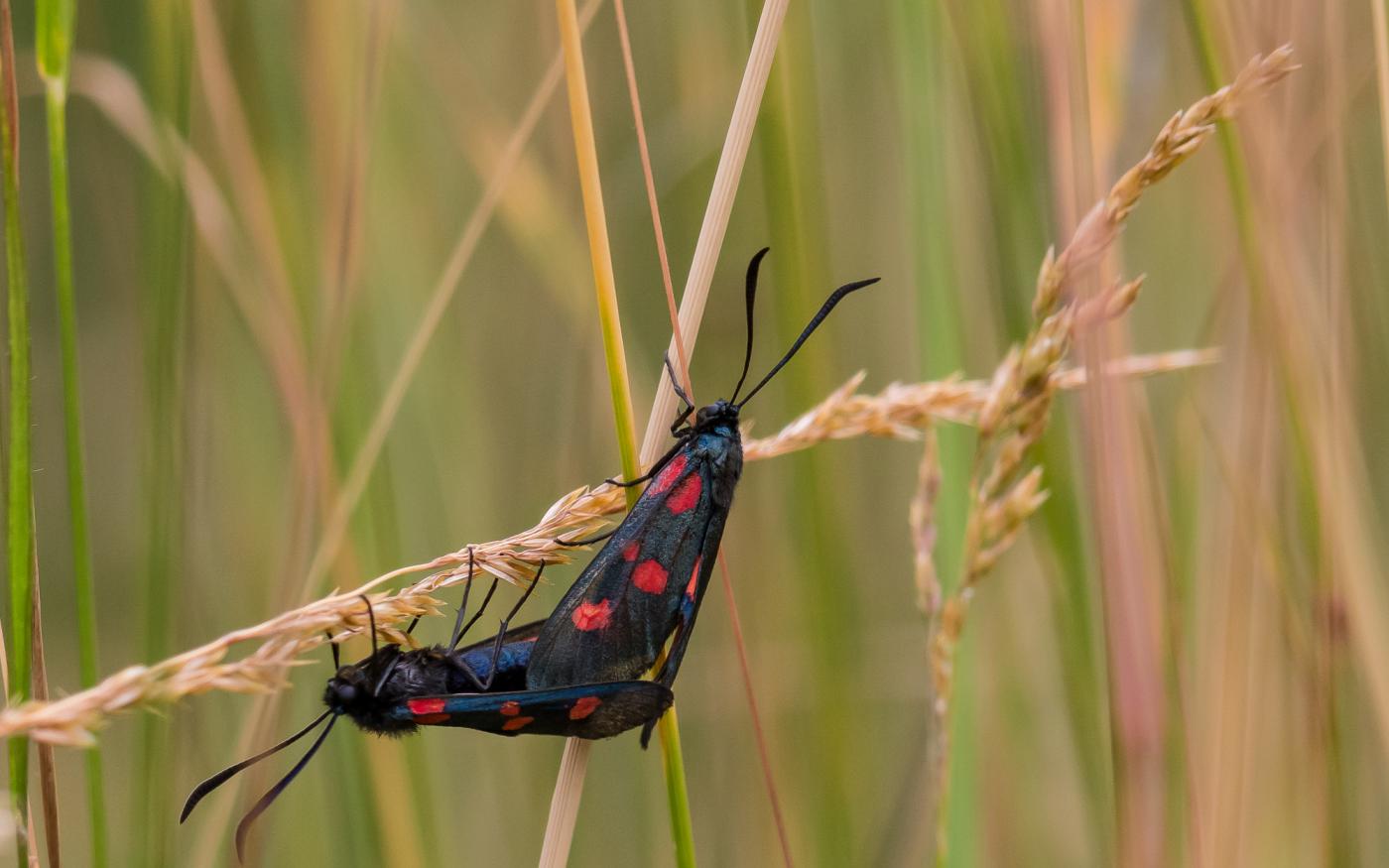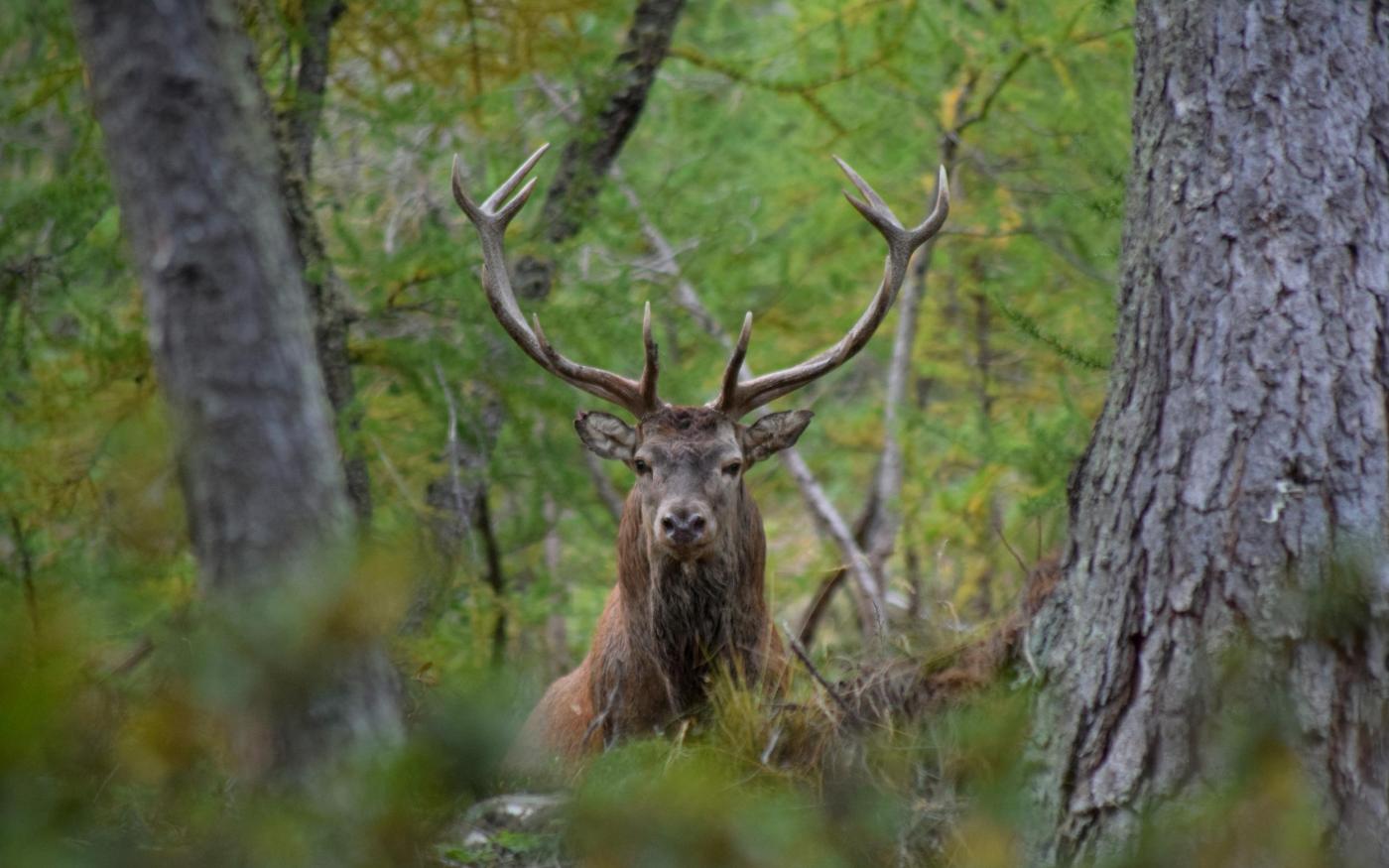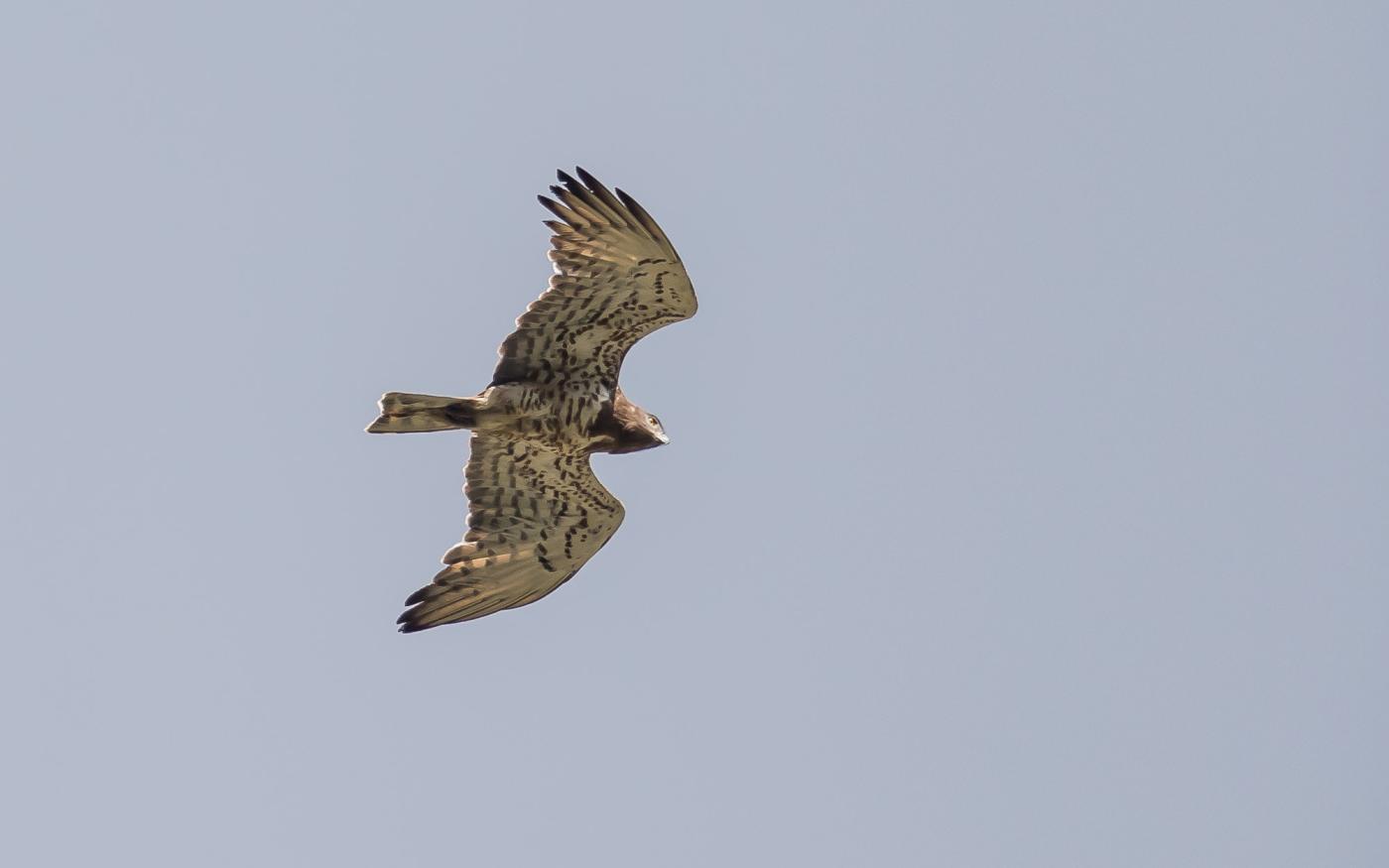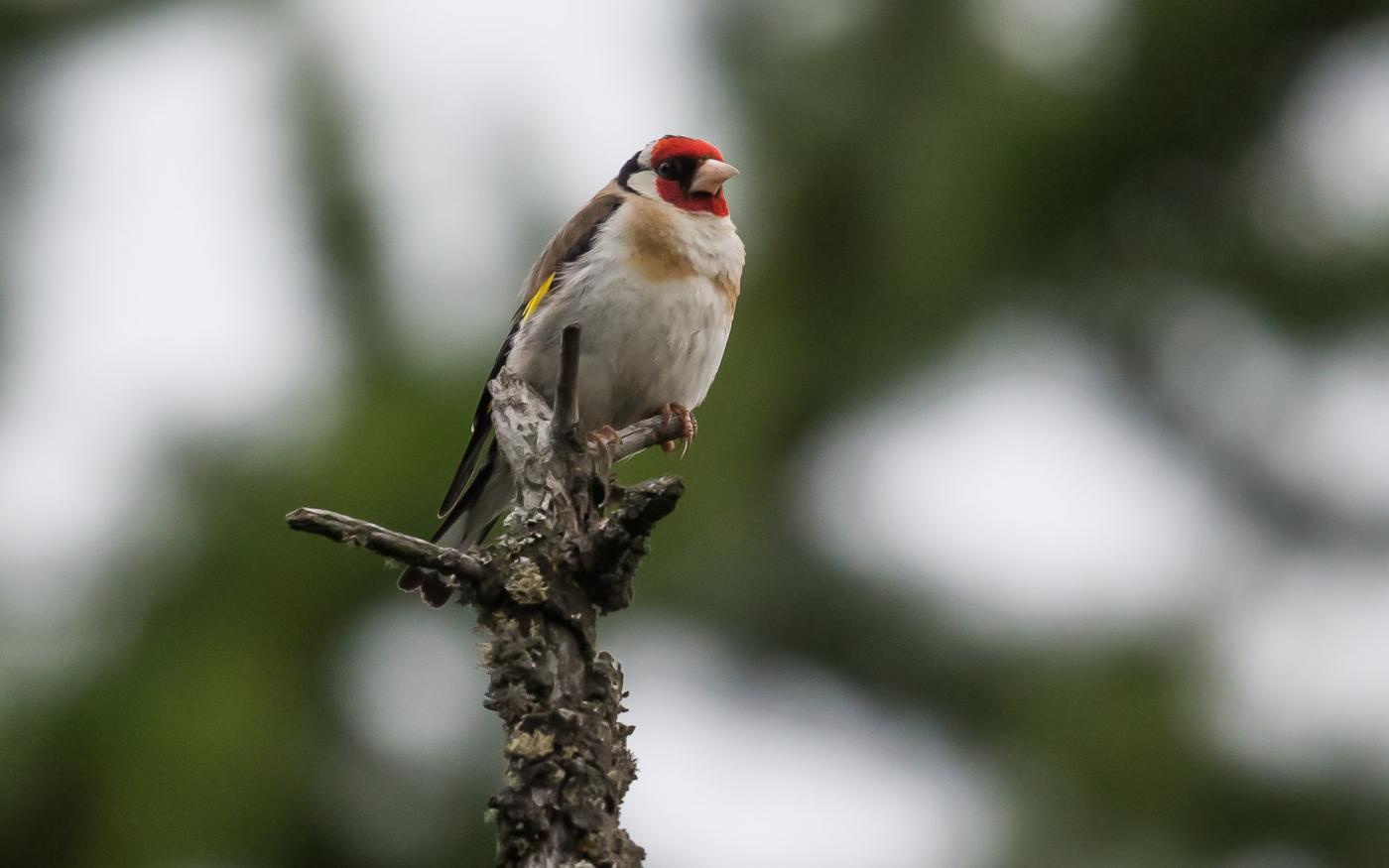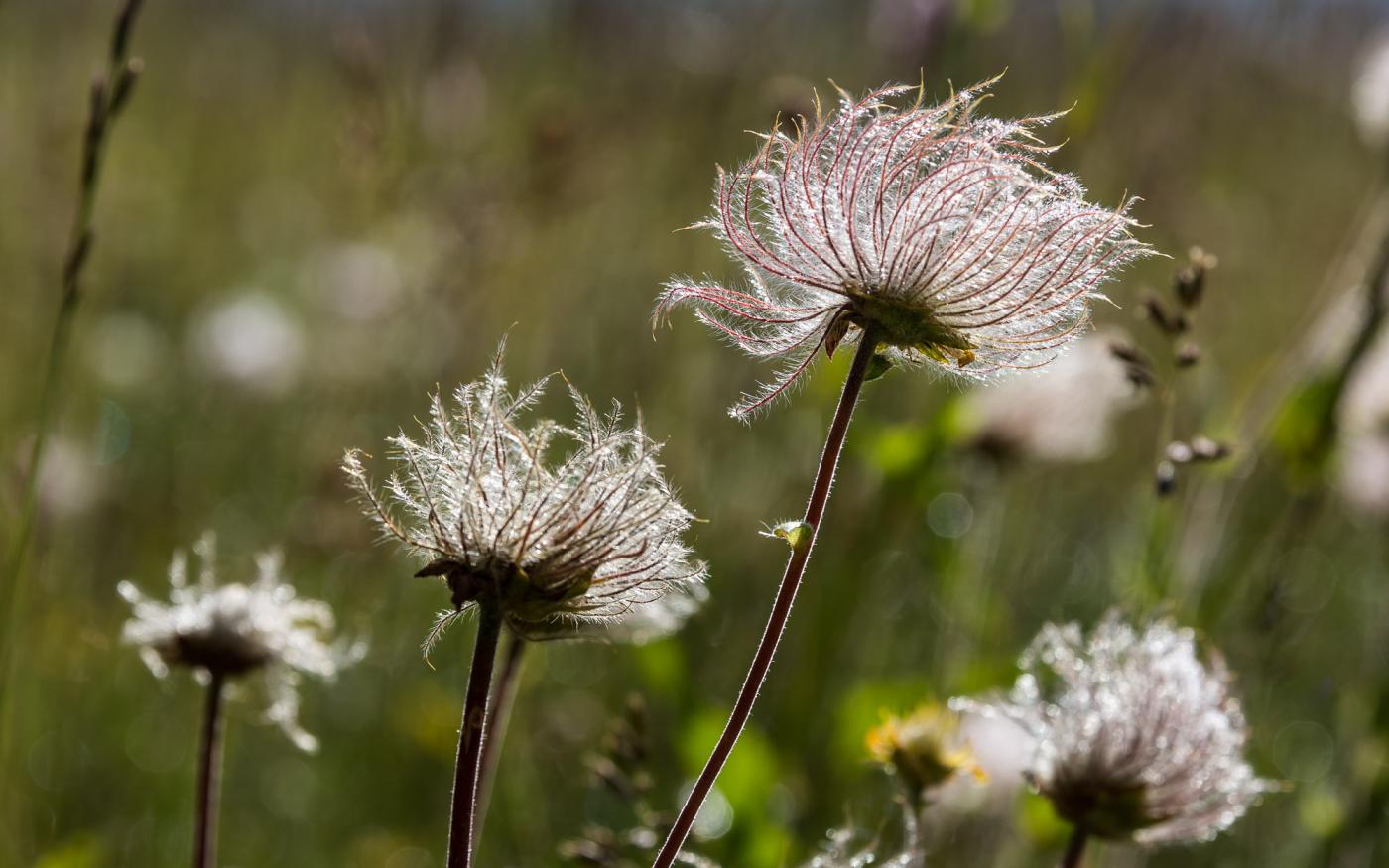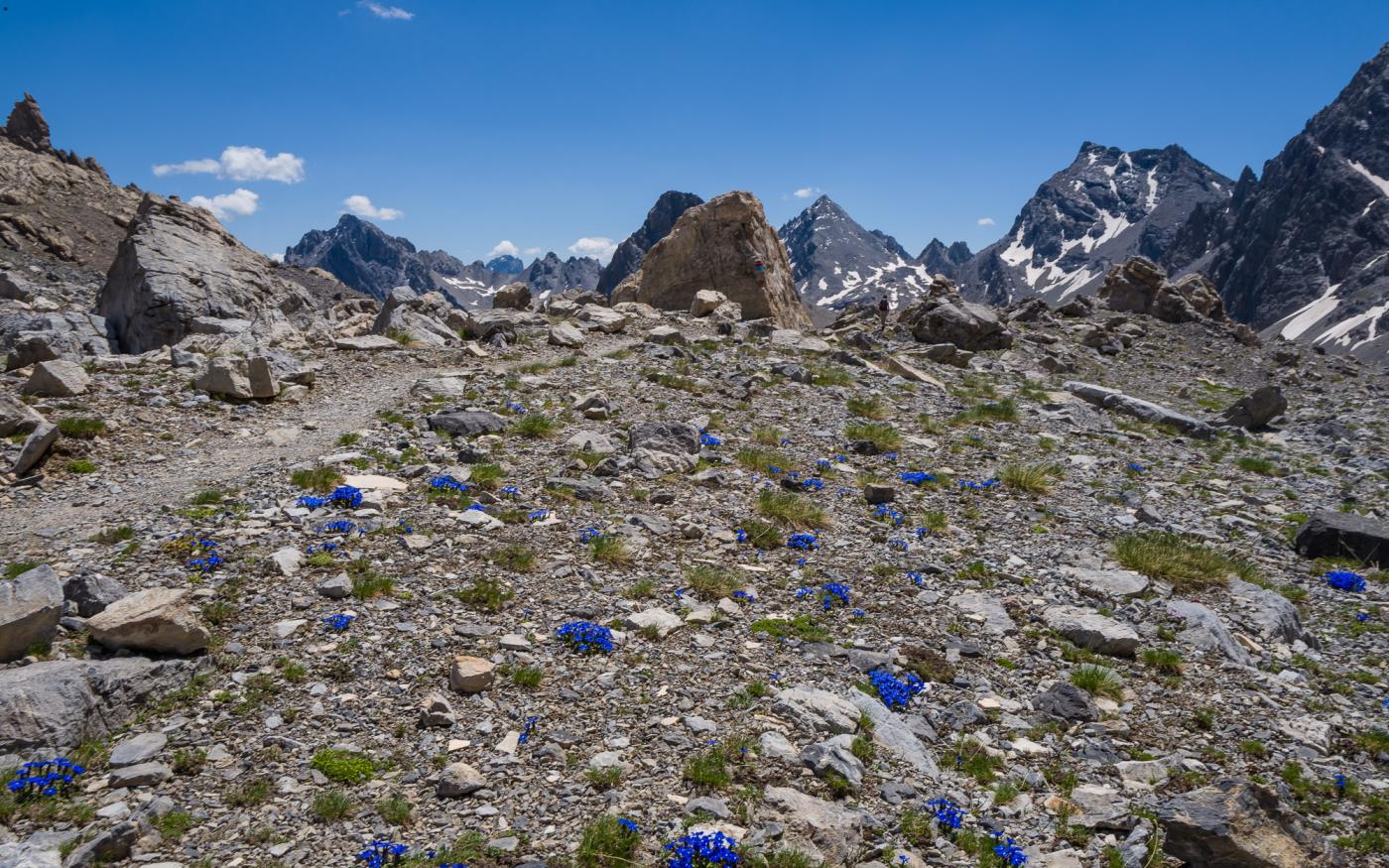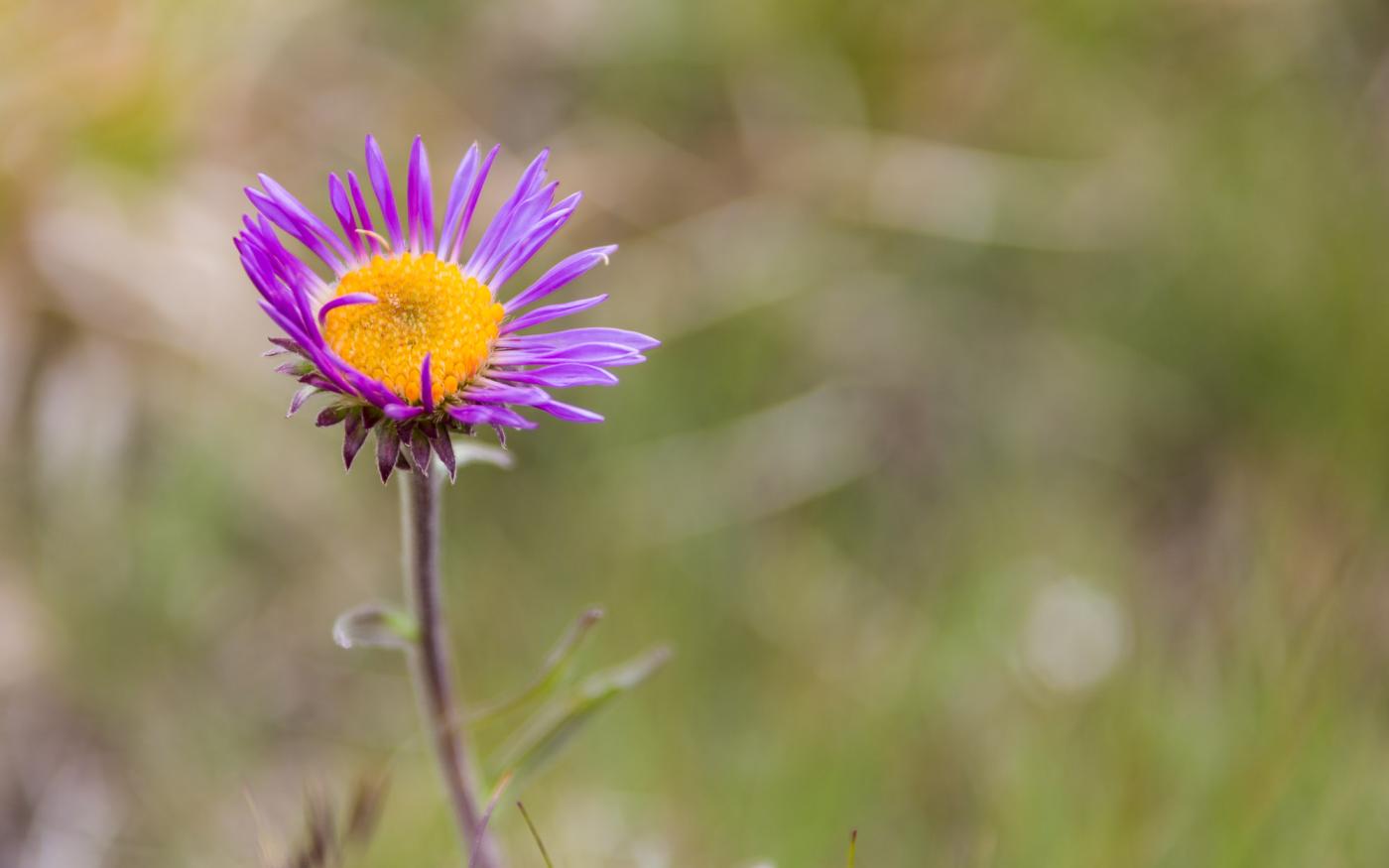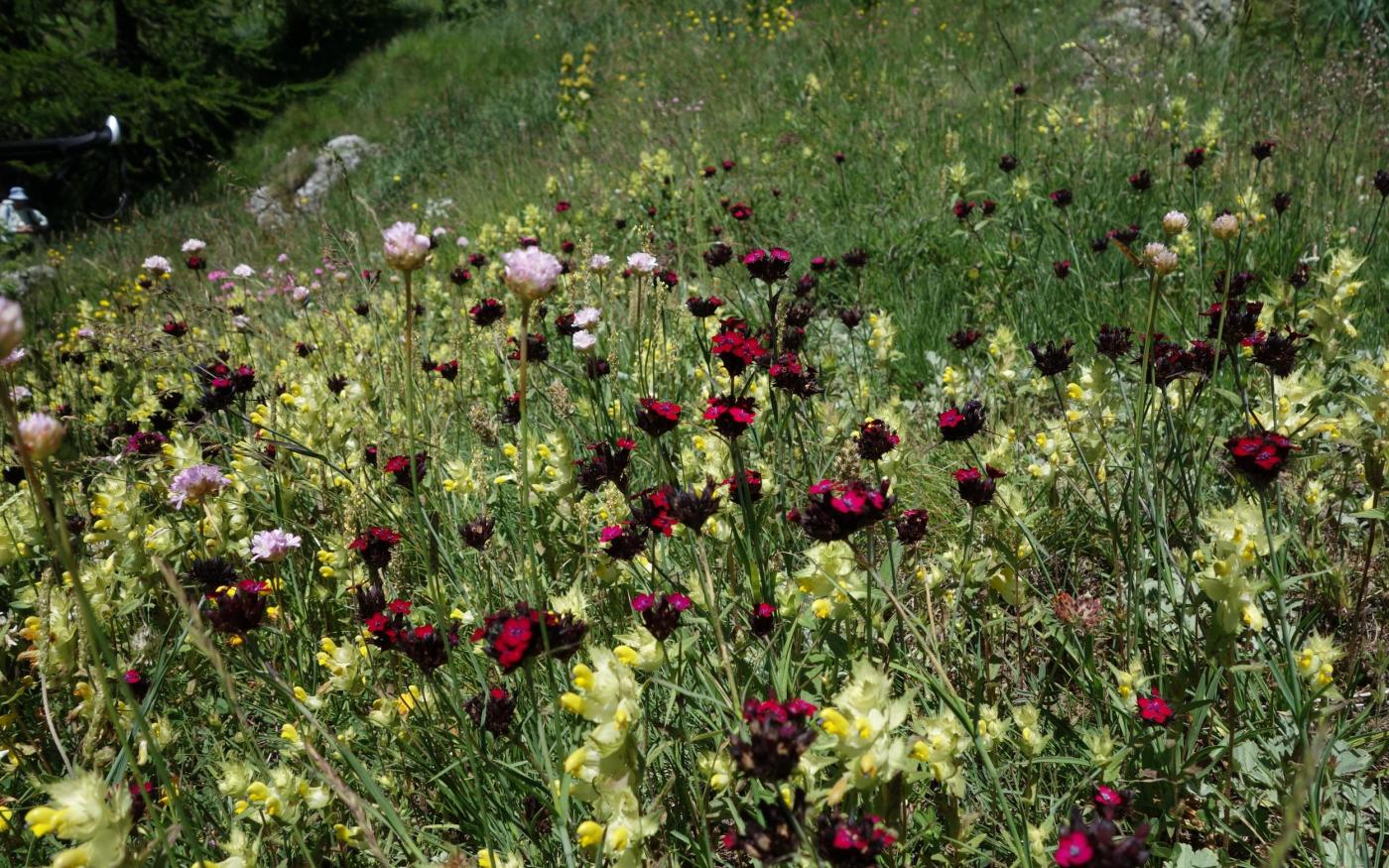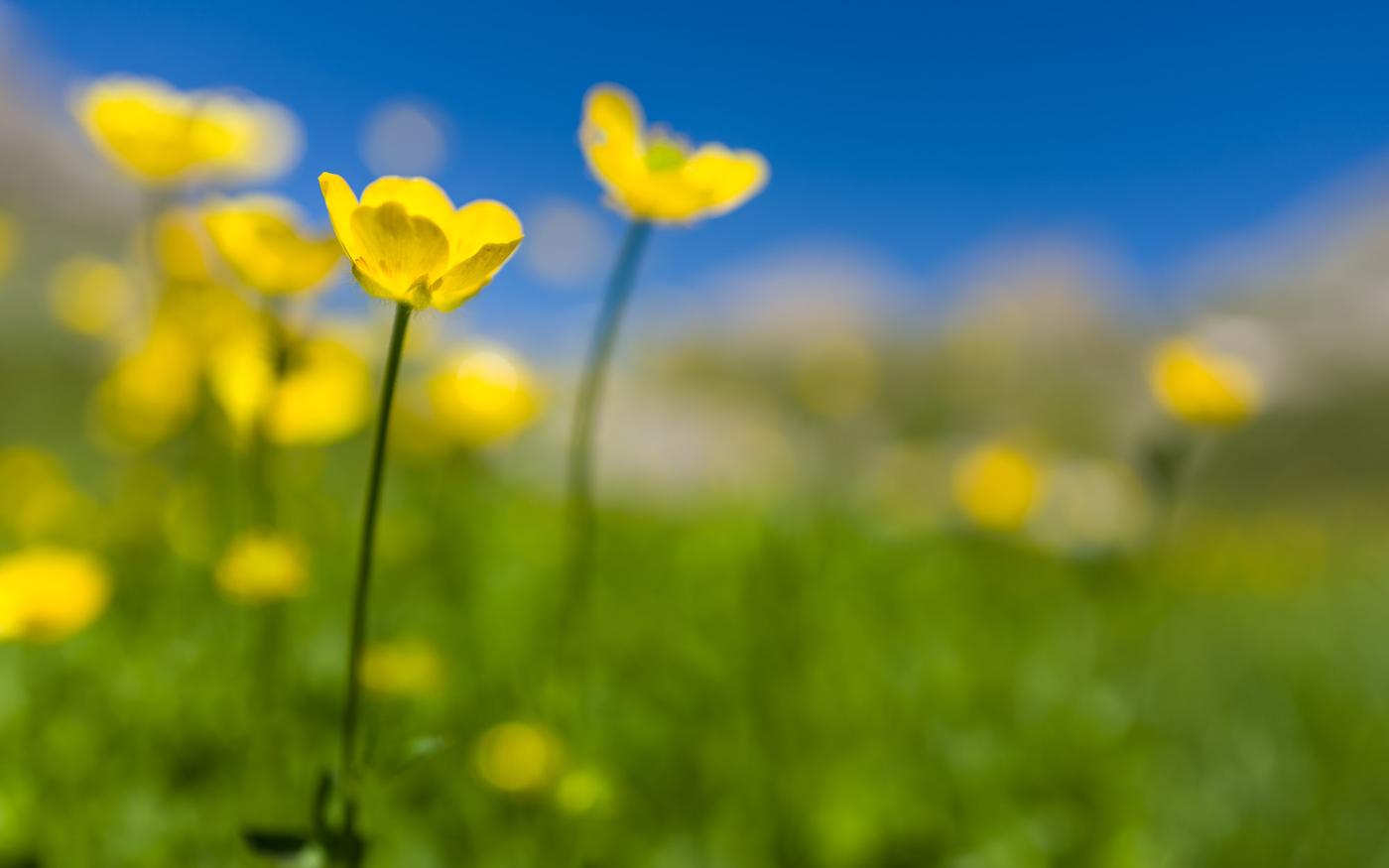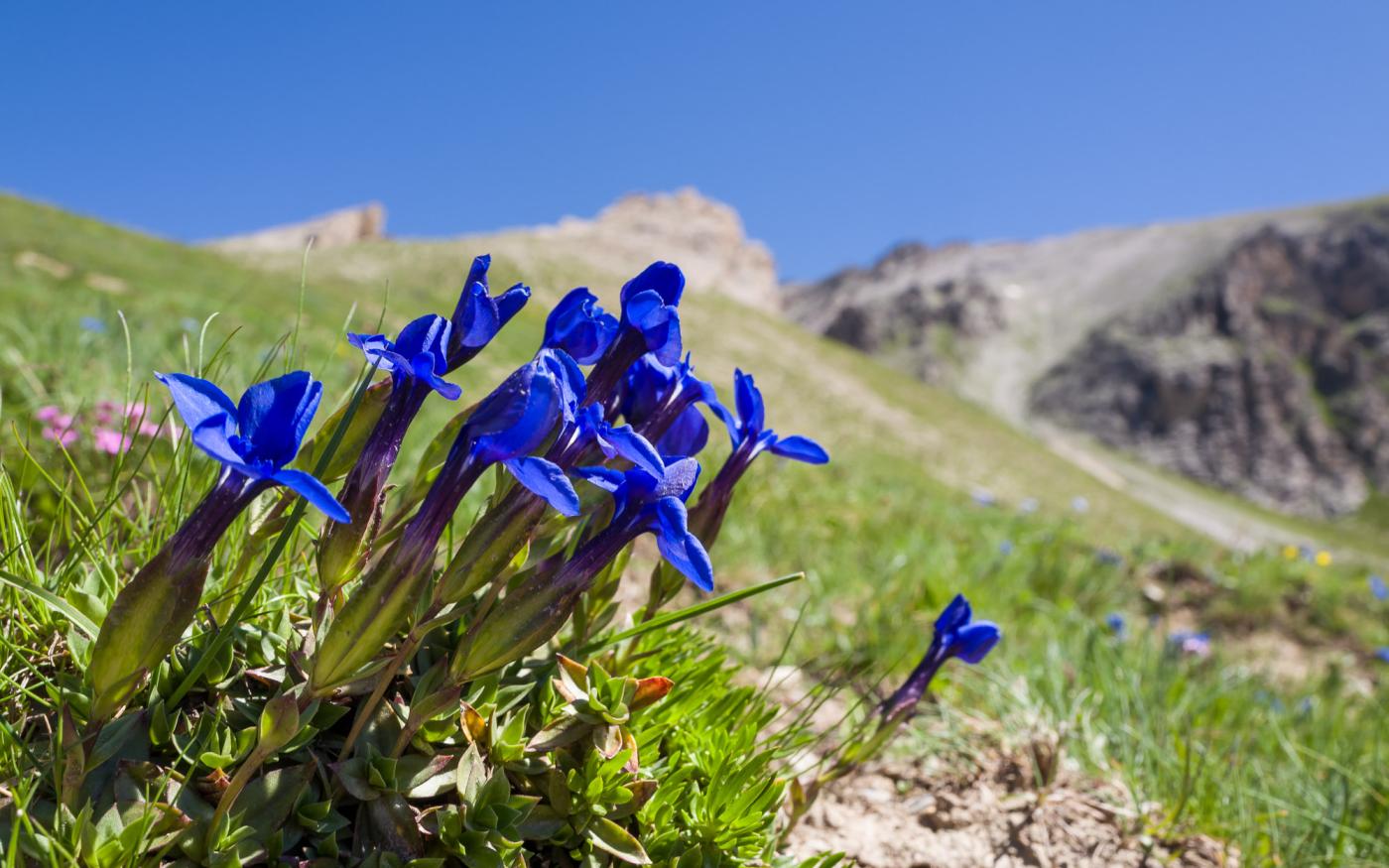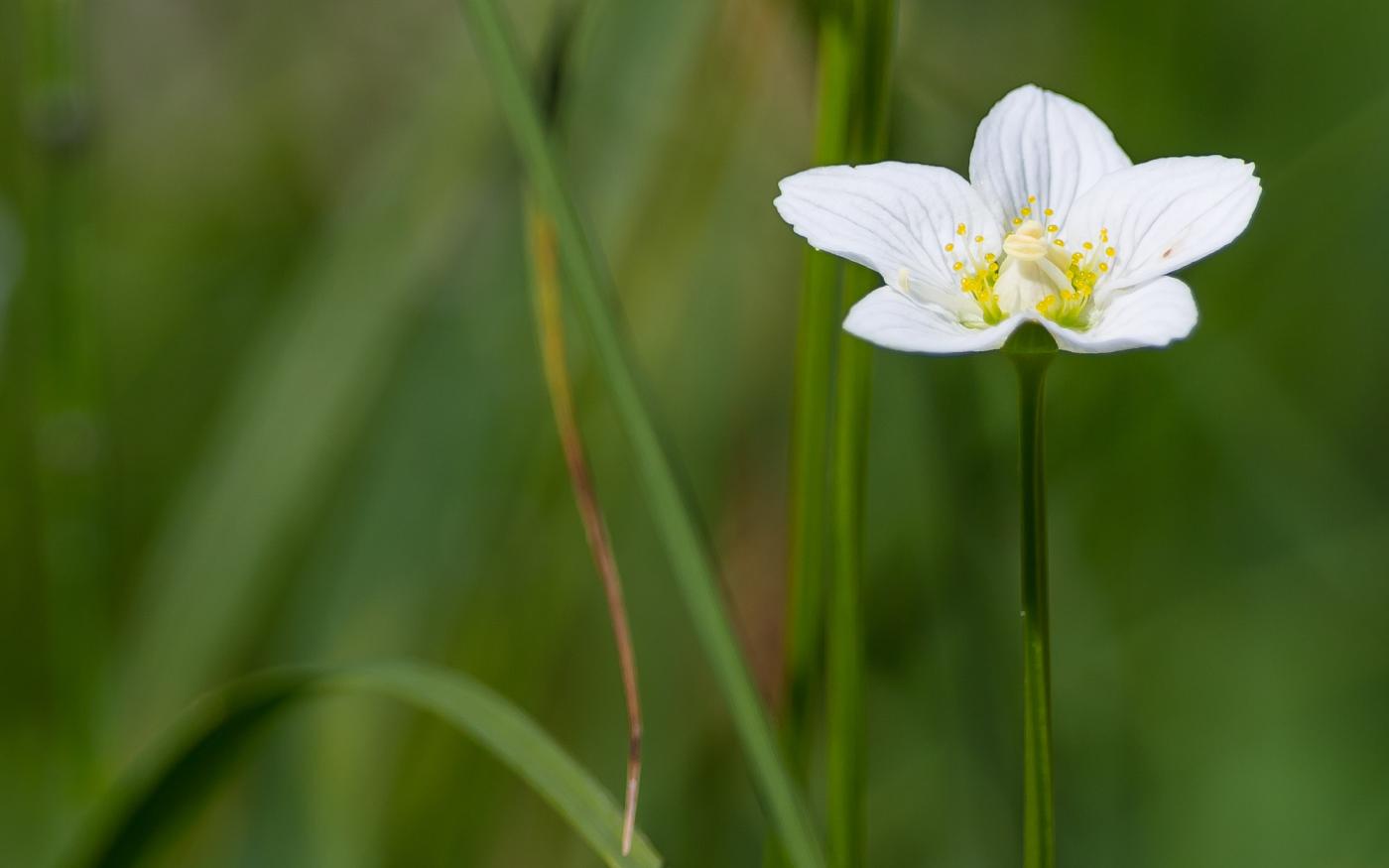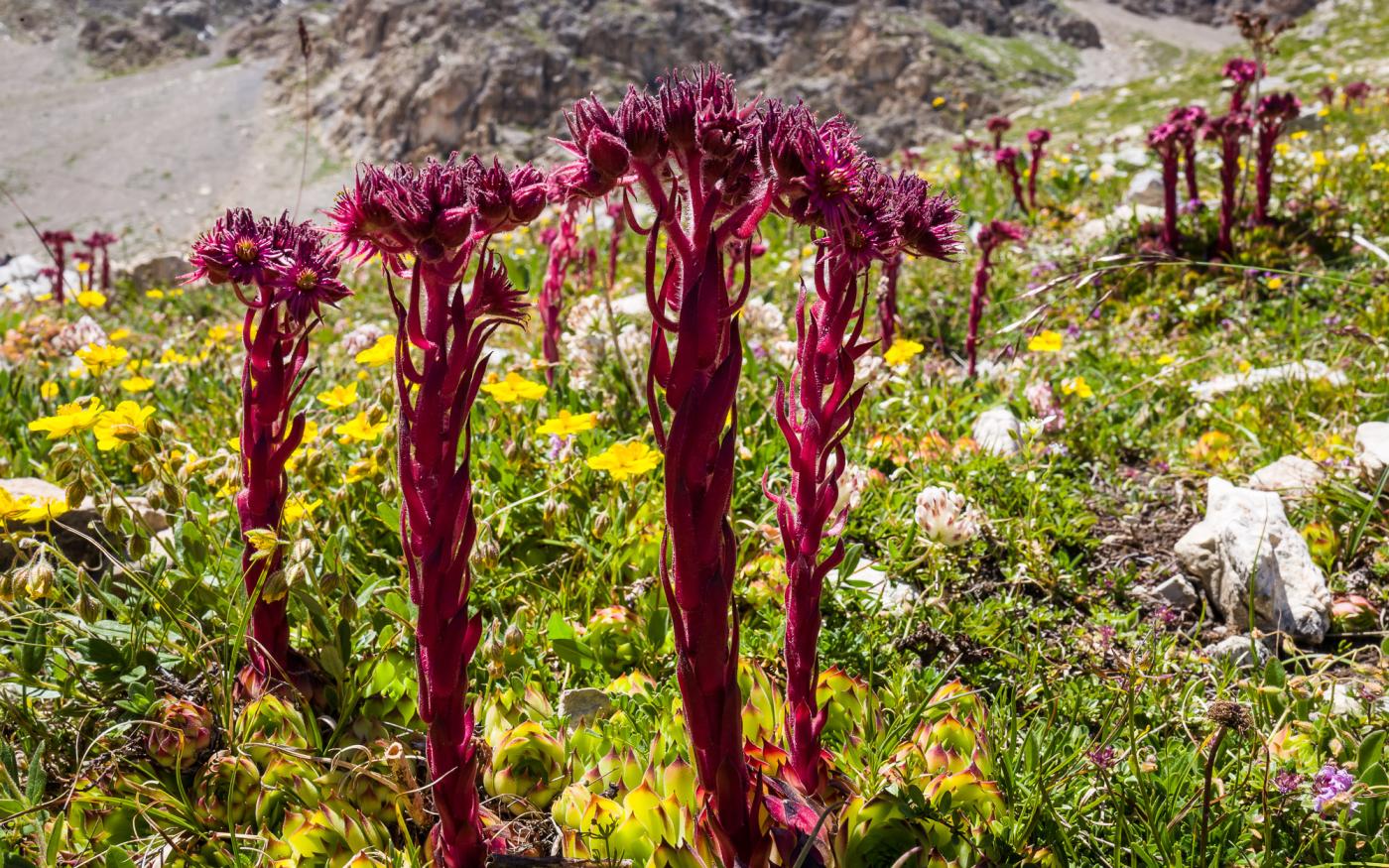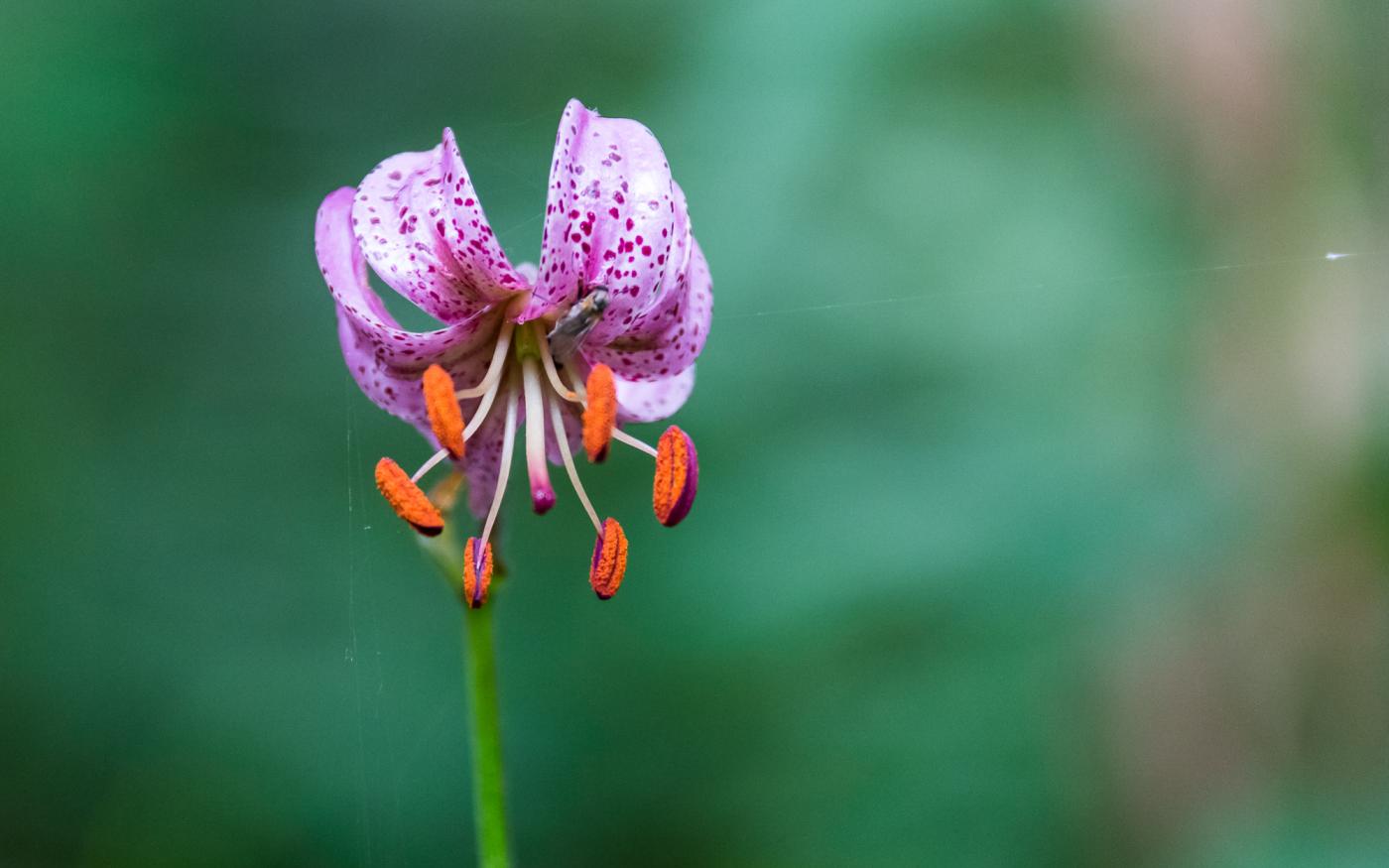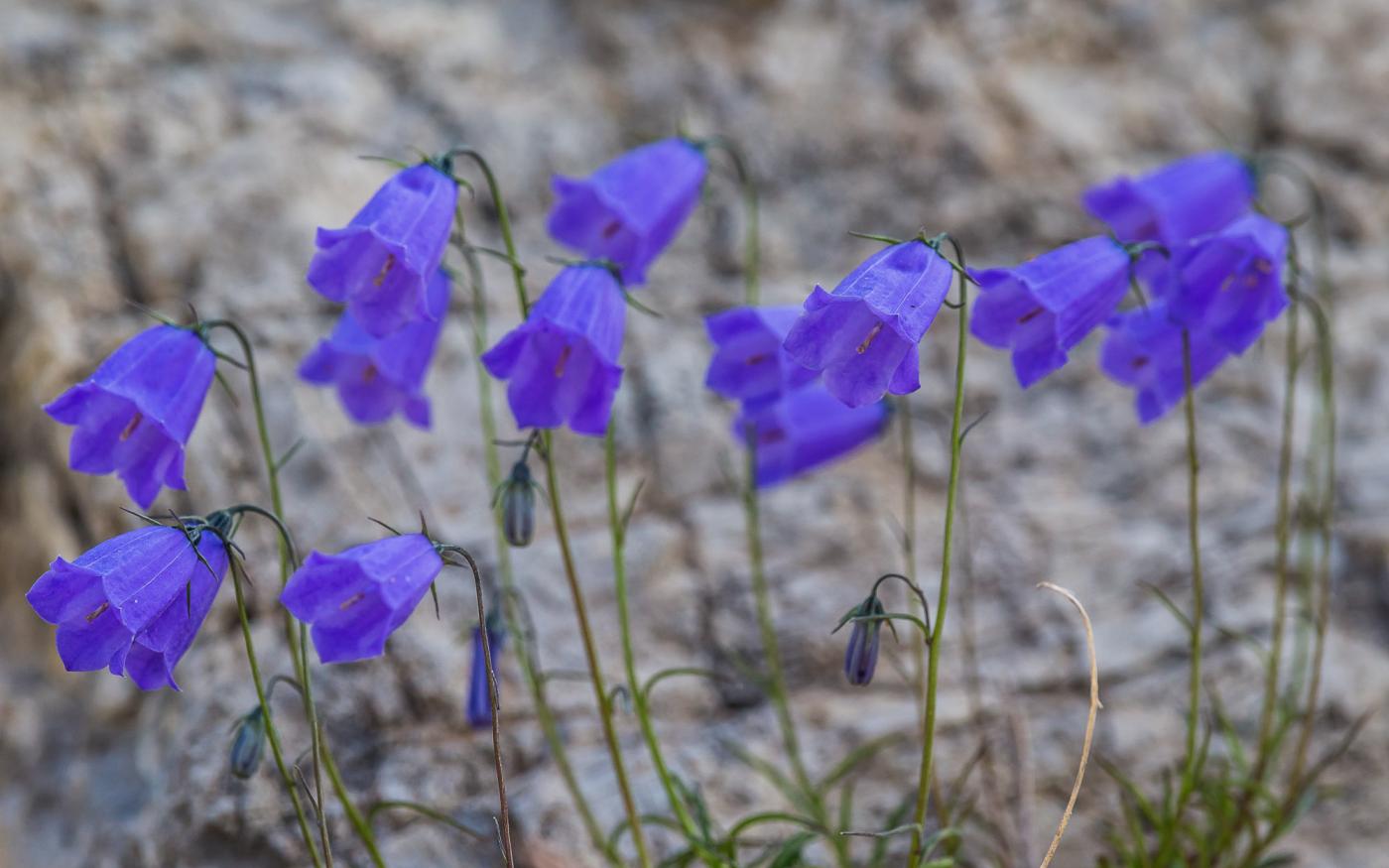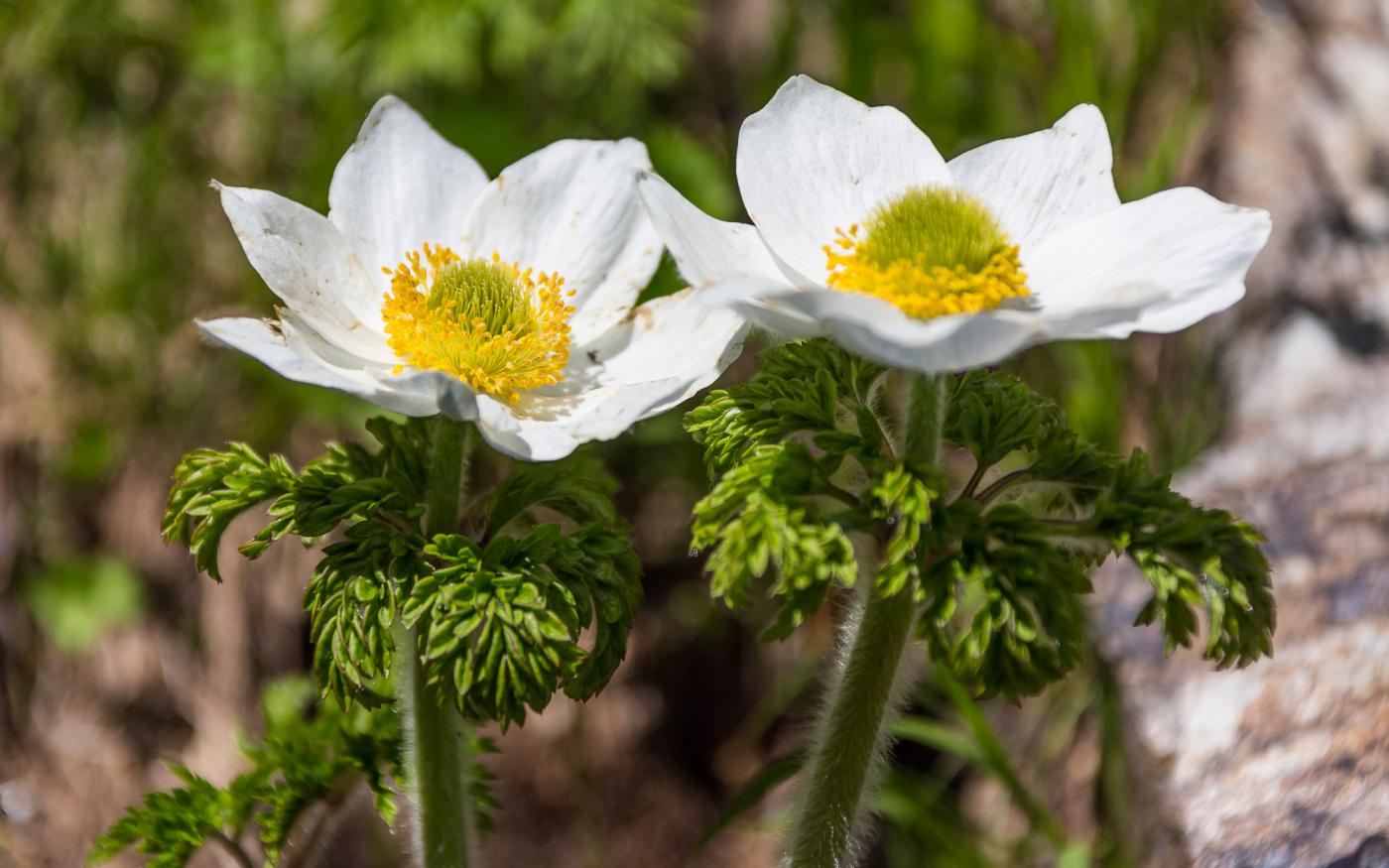The landscape is characterised by intensive and uninterrupted agricultural use, which lasted until the 19th century. The fertile soil in the valleys has always been used for agriculture and fruit growing. Vines are also cultivated at the entrance to the valley, albeit to a lesser extent. The terraces used for growing cereals or grazing reach as far as the forest border. These terraces consist of dry stone walls. The stones have been laboriously extracted by cleaning the soil and bear witness to the hard work involved in cultivating the fields.
A typical feature of this valley was the management of the cattle that grazed during the summer. In addition, the fodder from the meadows was dried and stored in the valley as winter stock. This ancient order has been somewhat upset by the migration, the abandonment of fields and mowing meadows and the leasing of the alpine pastures to livestock owners from outside the valley. Although Valle Maira is relatively small, it offers an immense variety of plant formations, from deciduous forests to evergreen shrubs, from mosses to succulents that climb to an altitude of 3,000 metres. They can be seen in crevices and cracks in the rocks, where they survive in extreme conditions of cold, heat and drought.
Valle Maira is a true paradise for flower lovers and is particularly interesting for botanists, since a considerable number of endemic plants can be found here.


